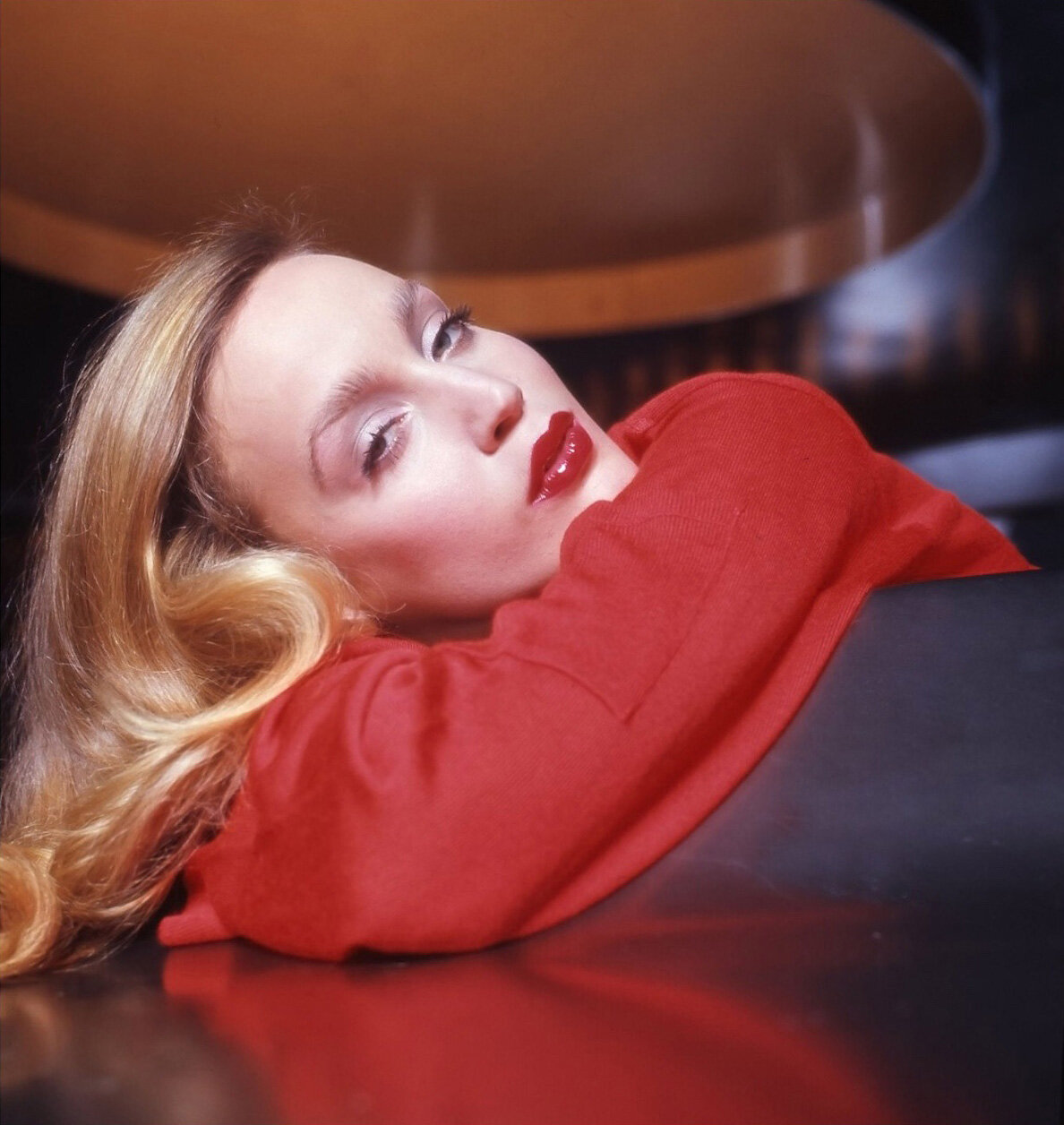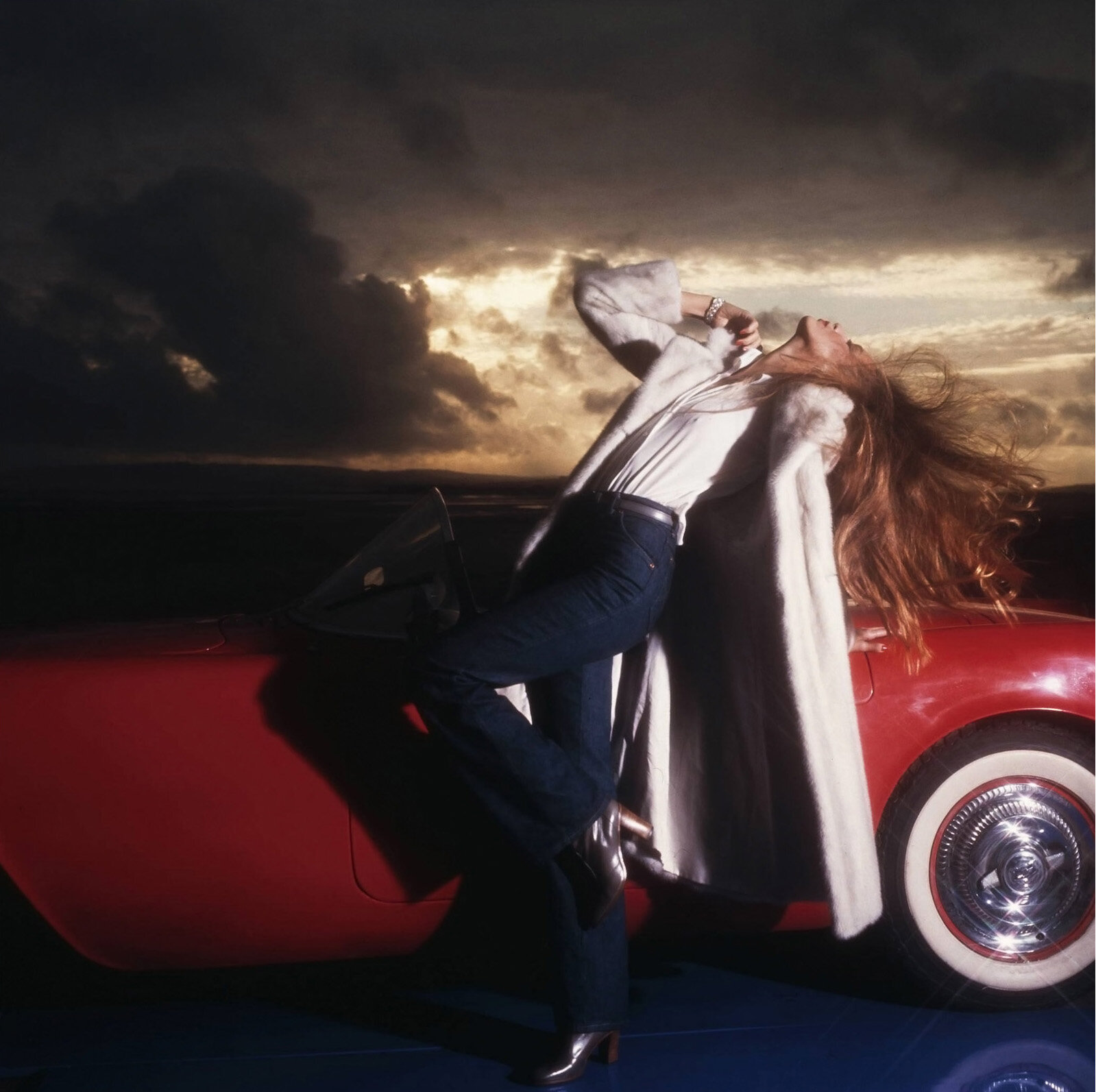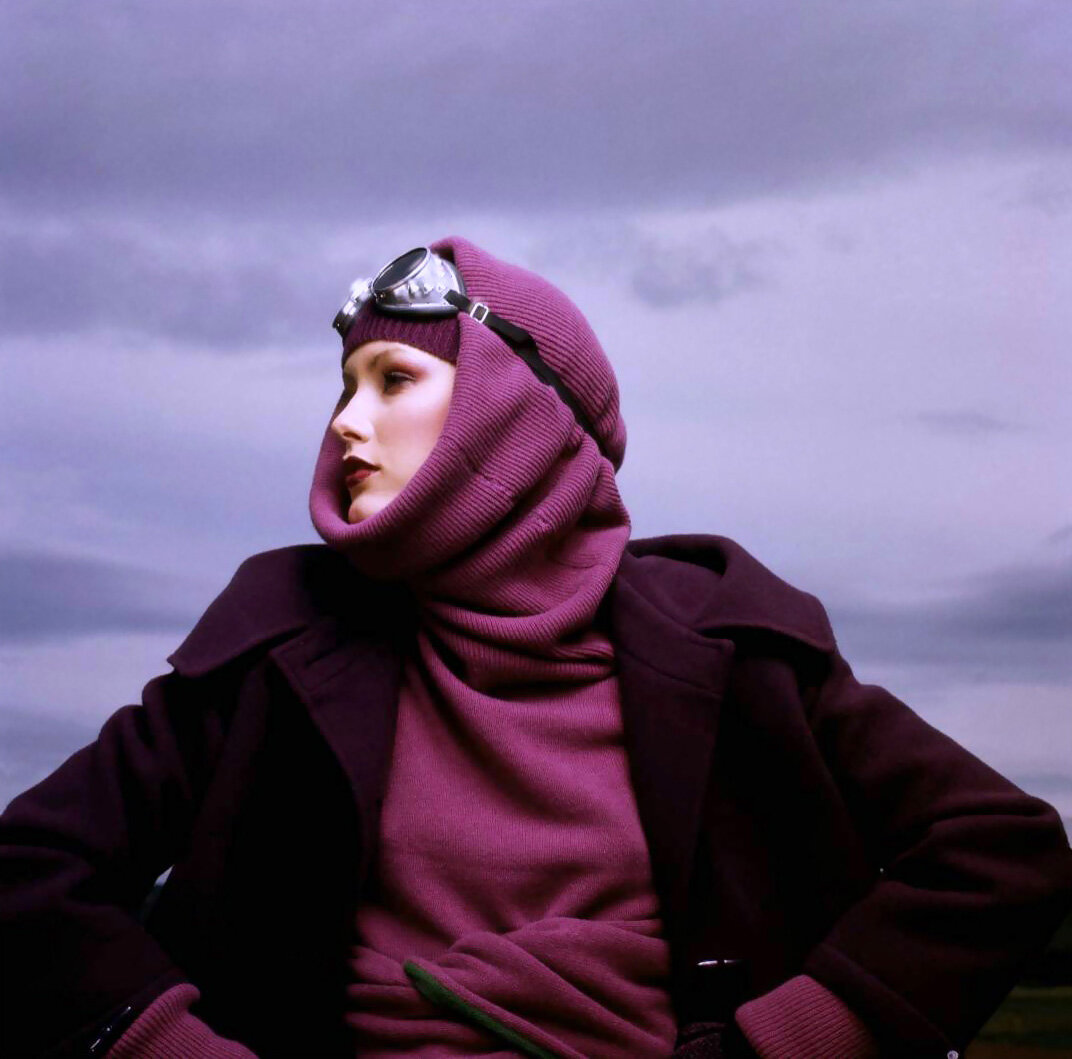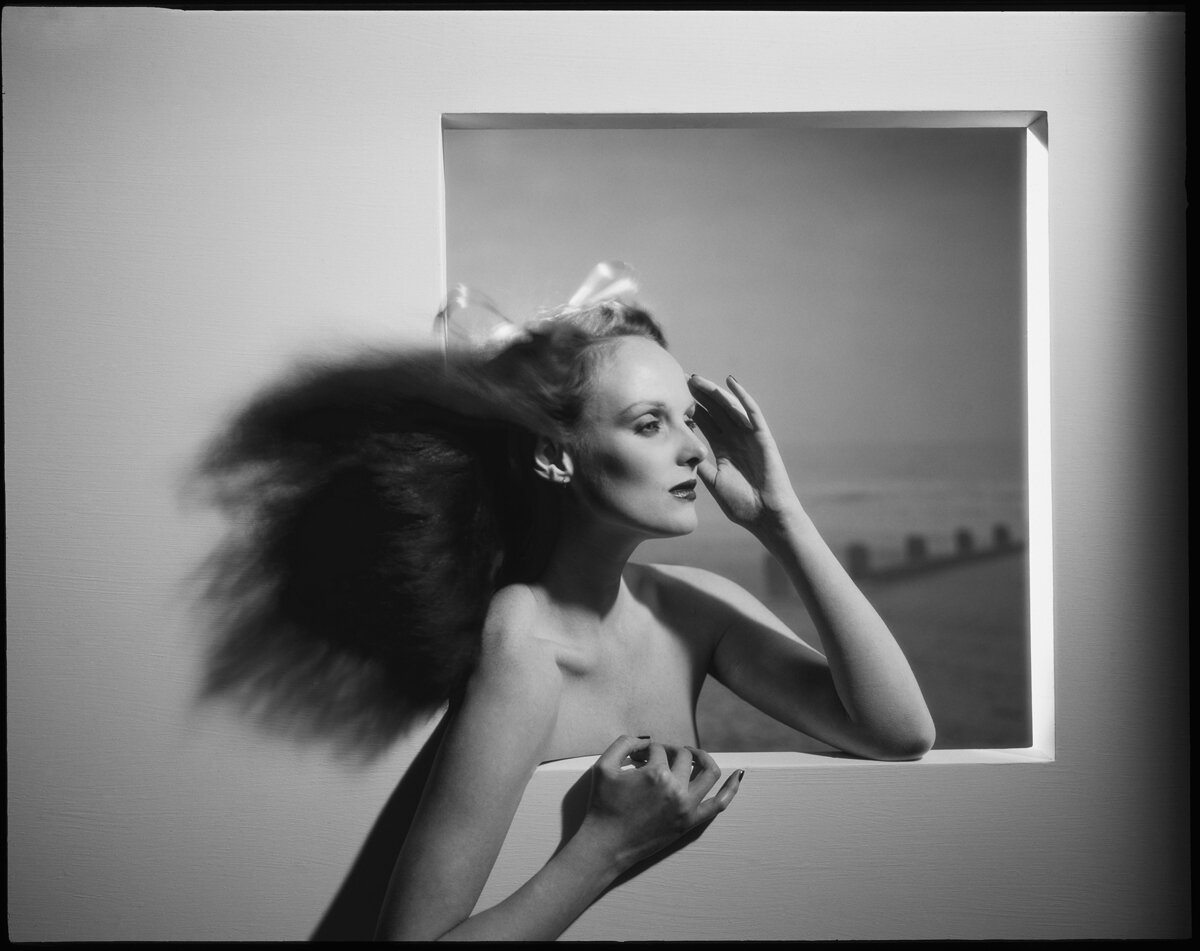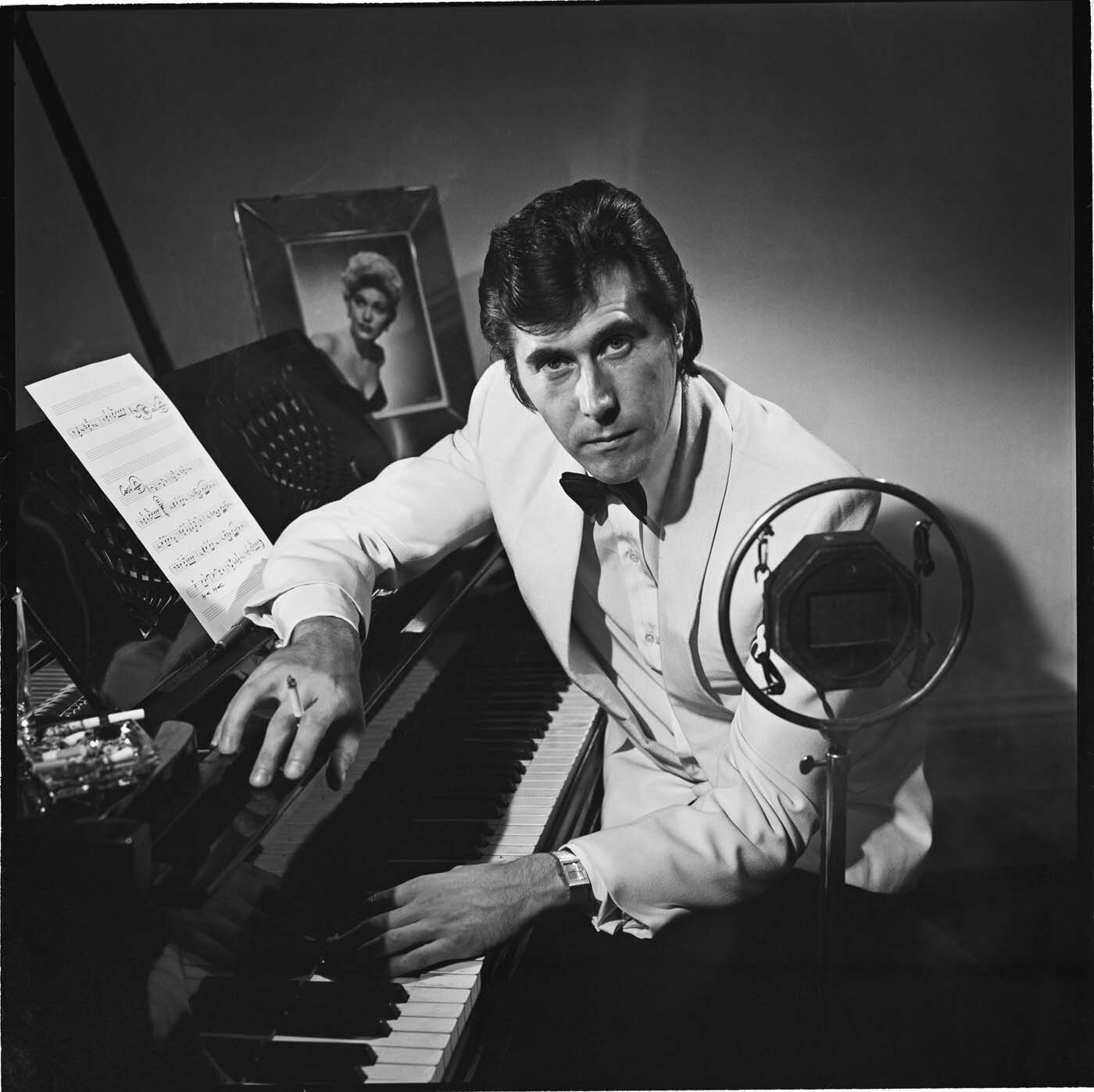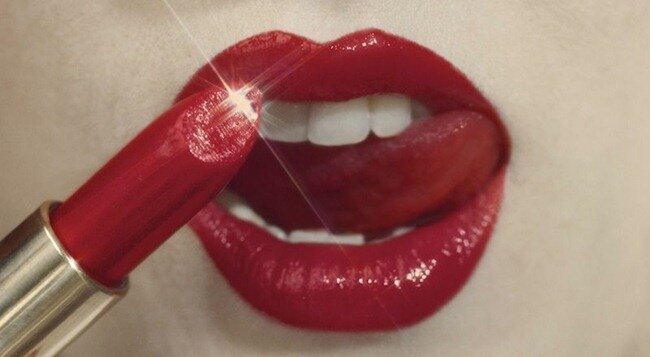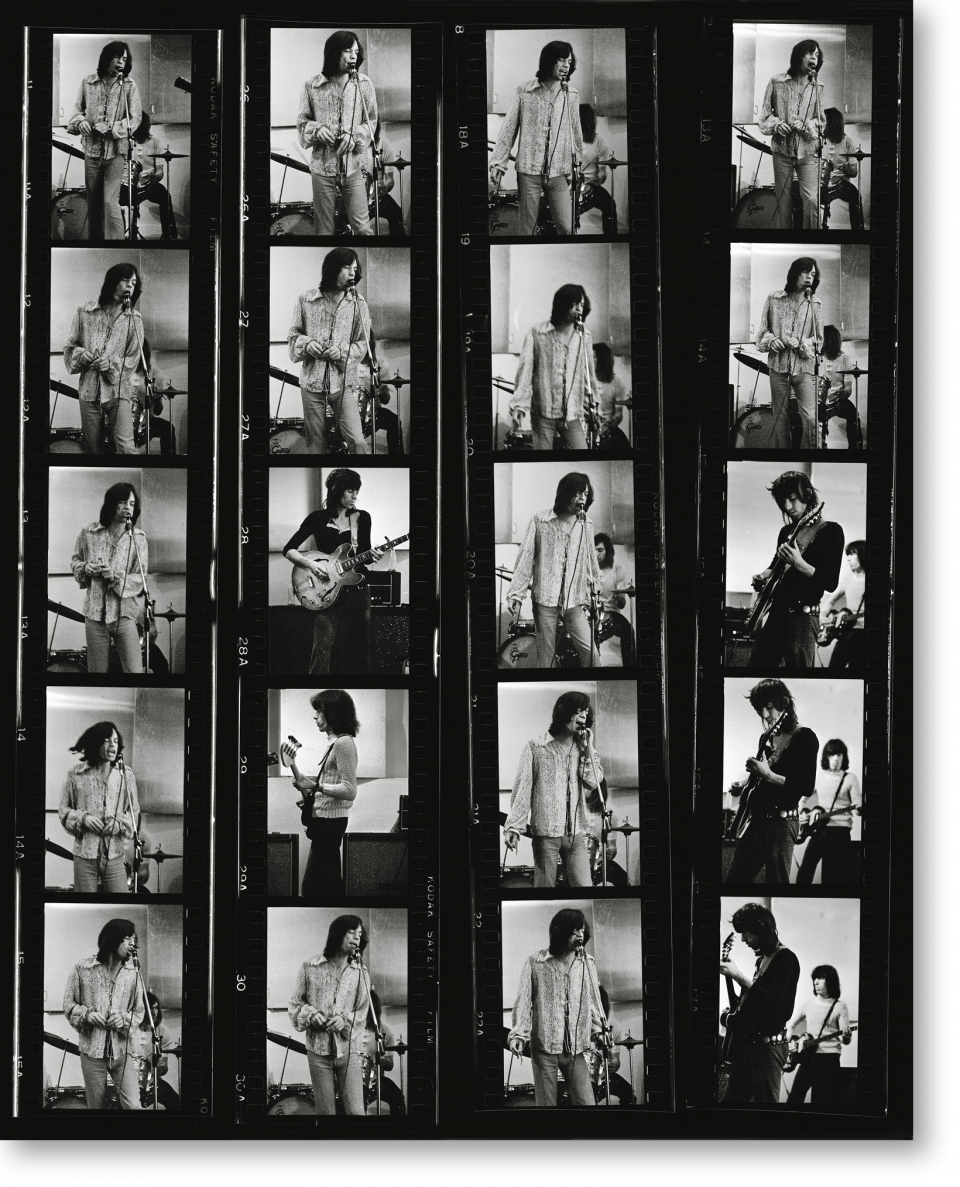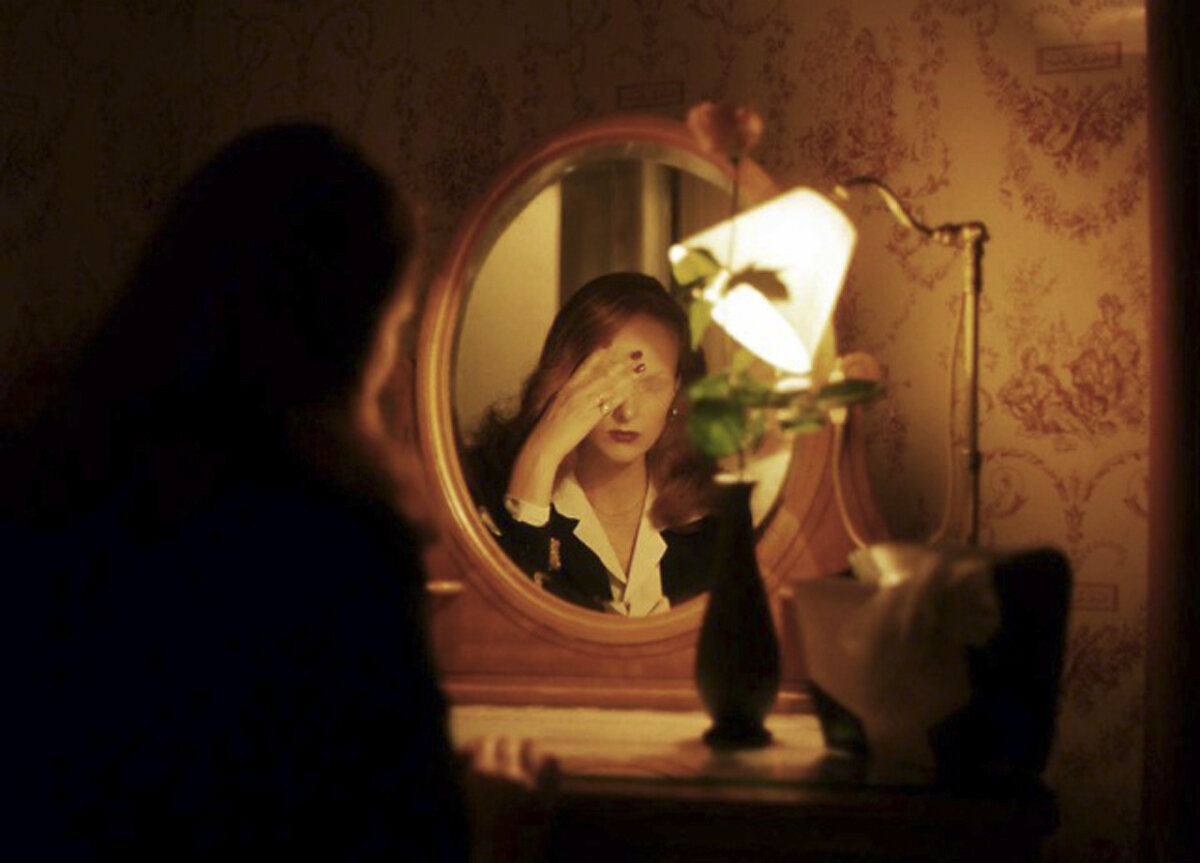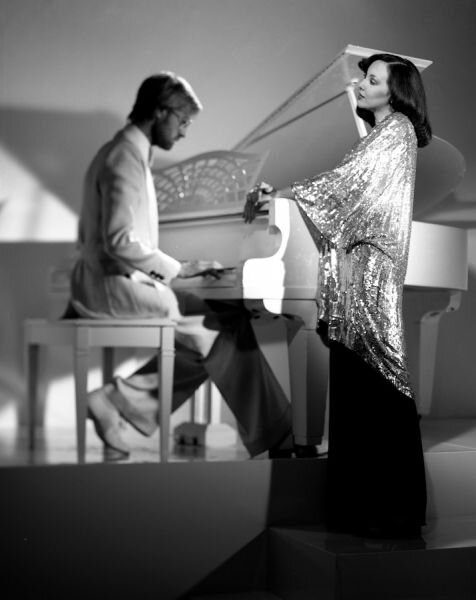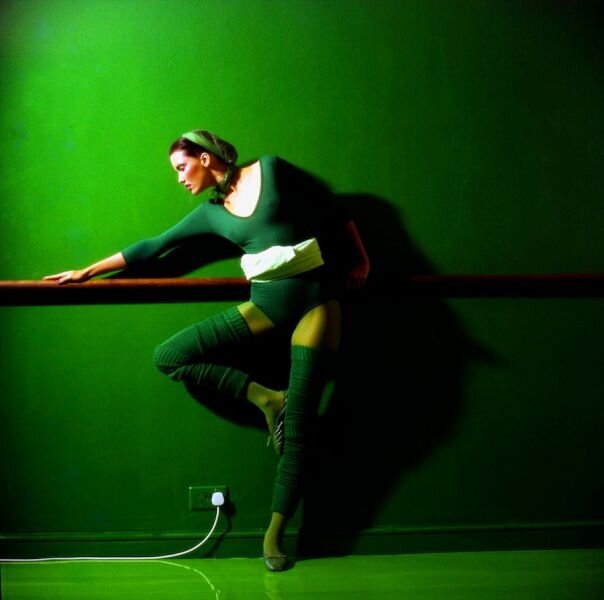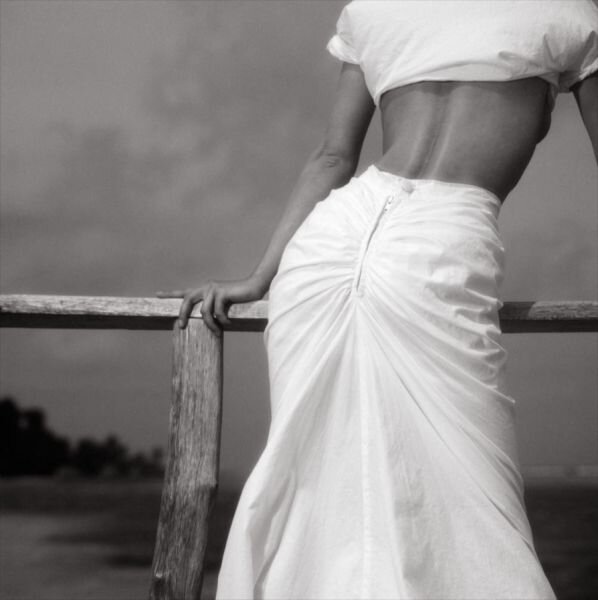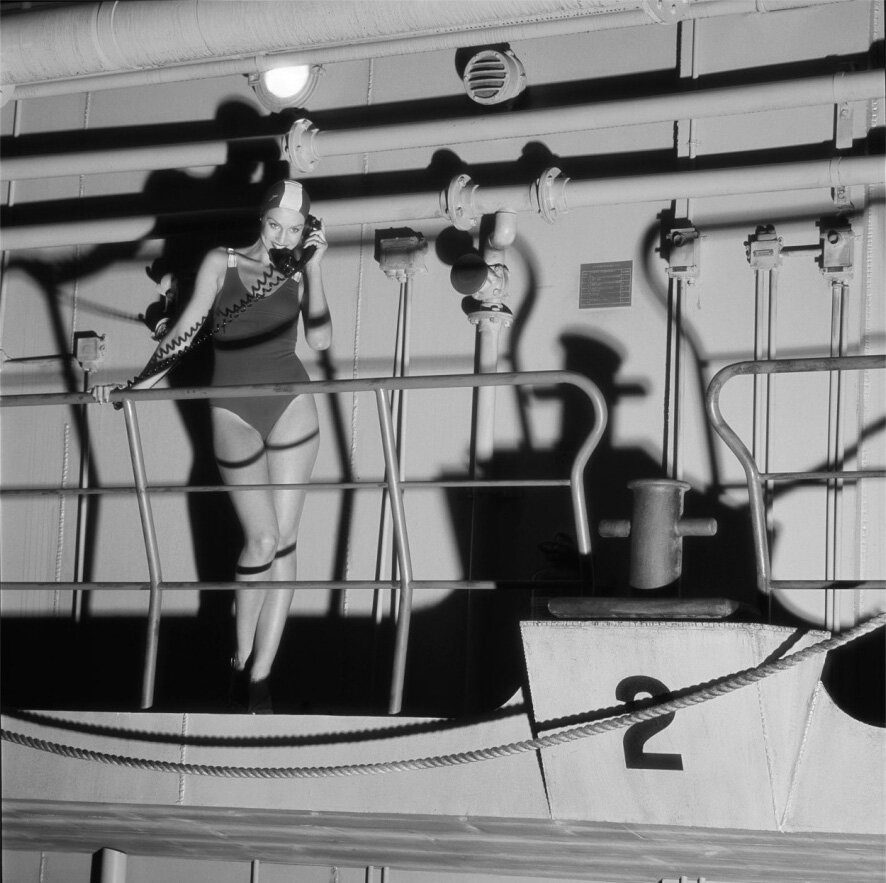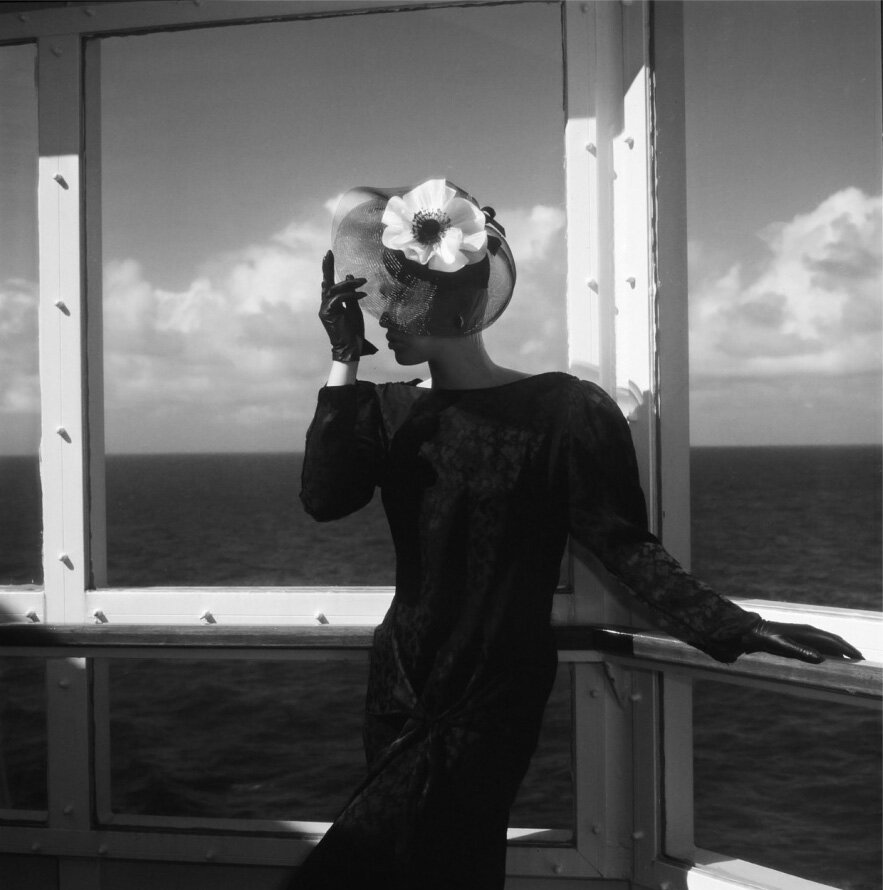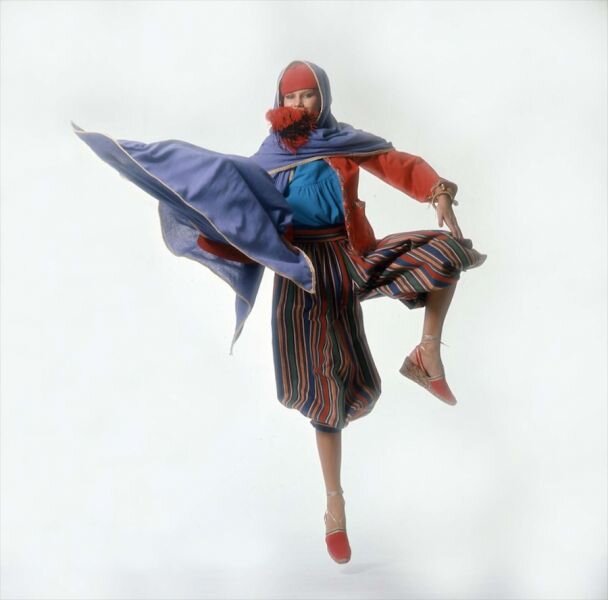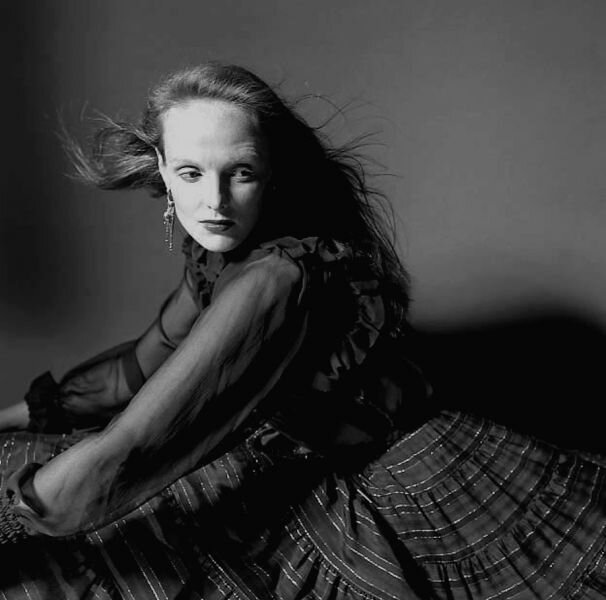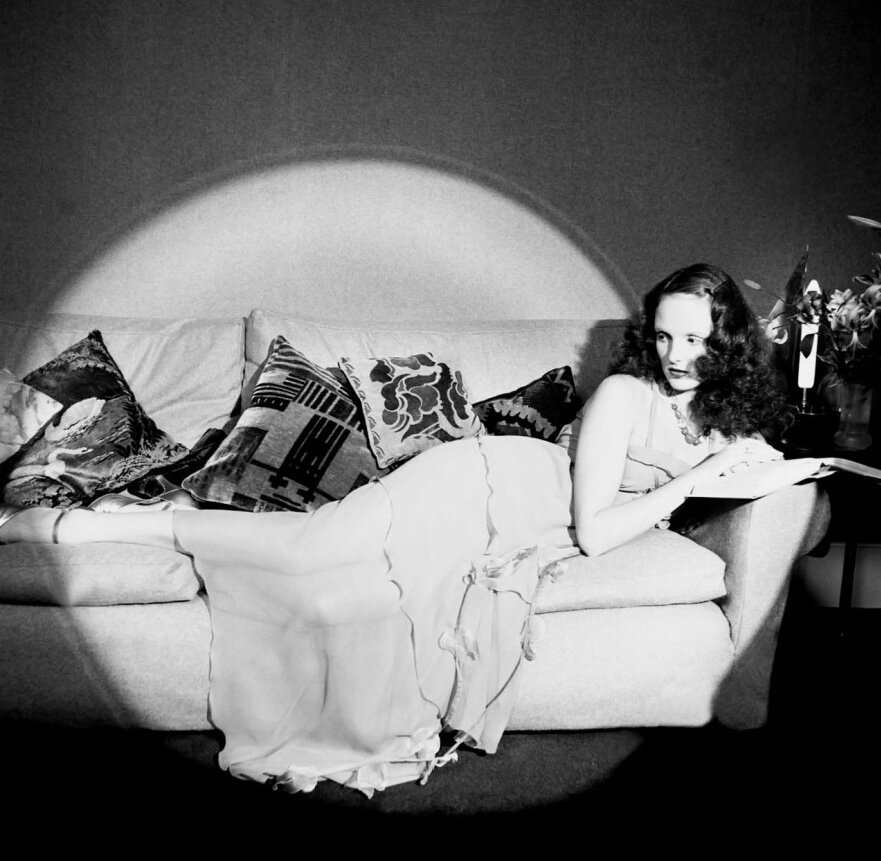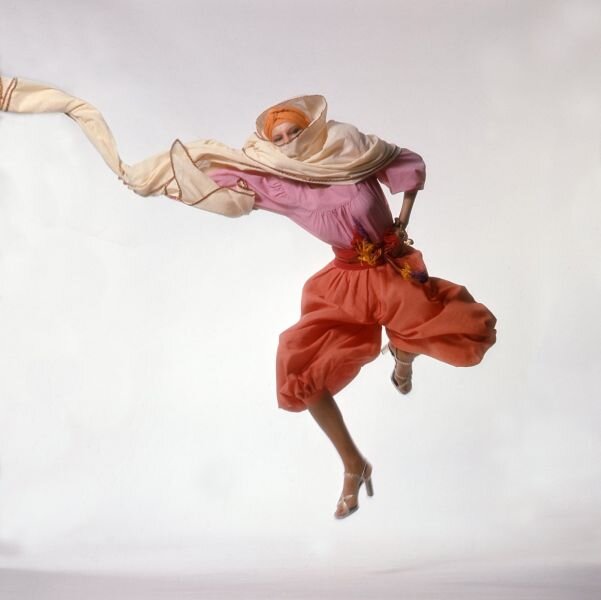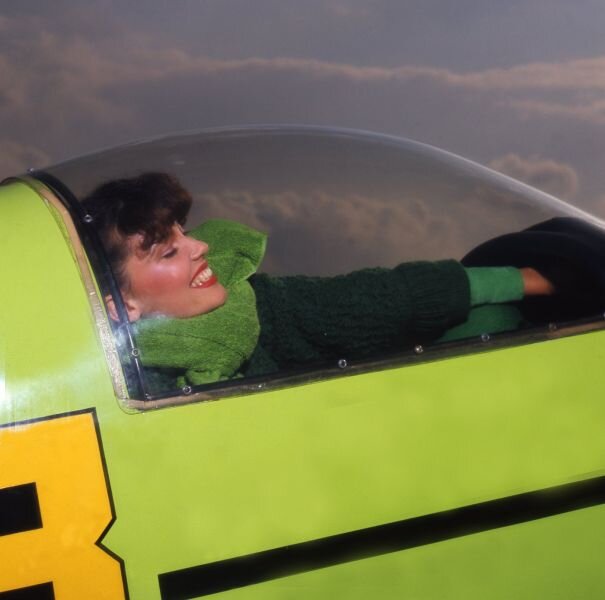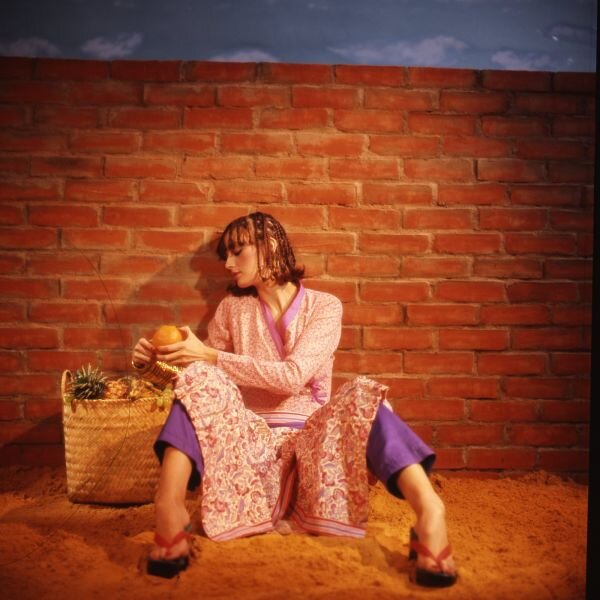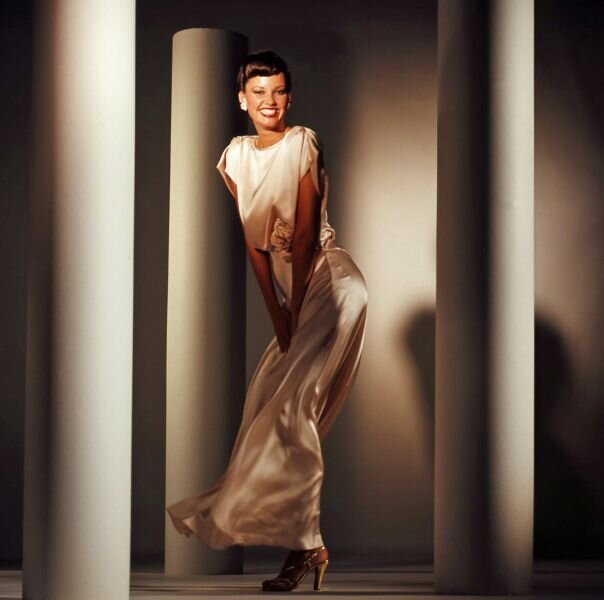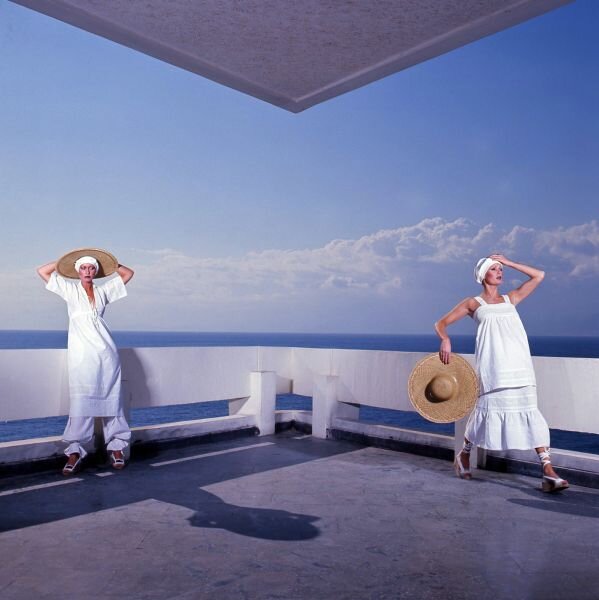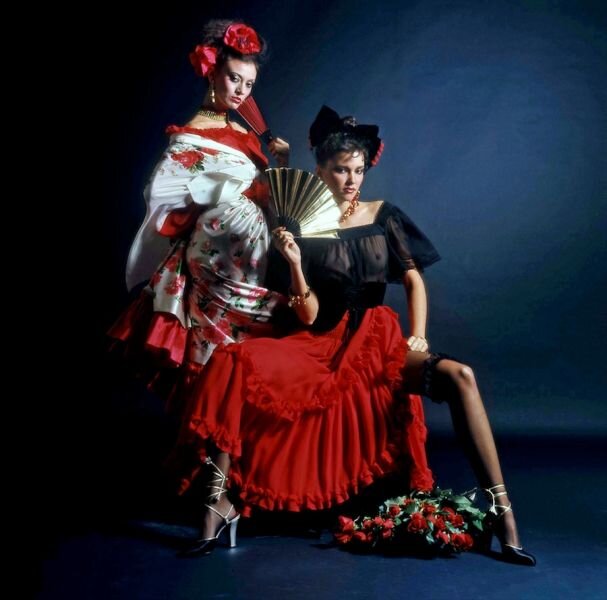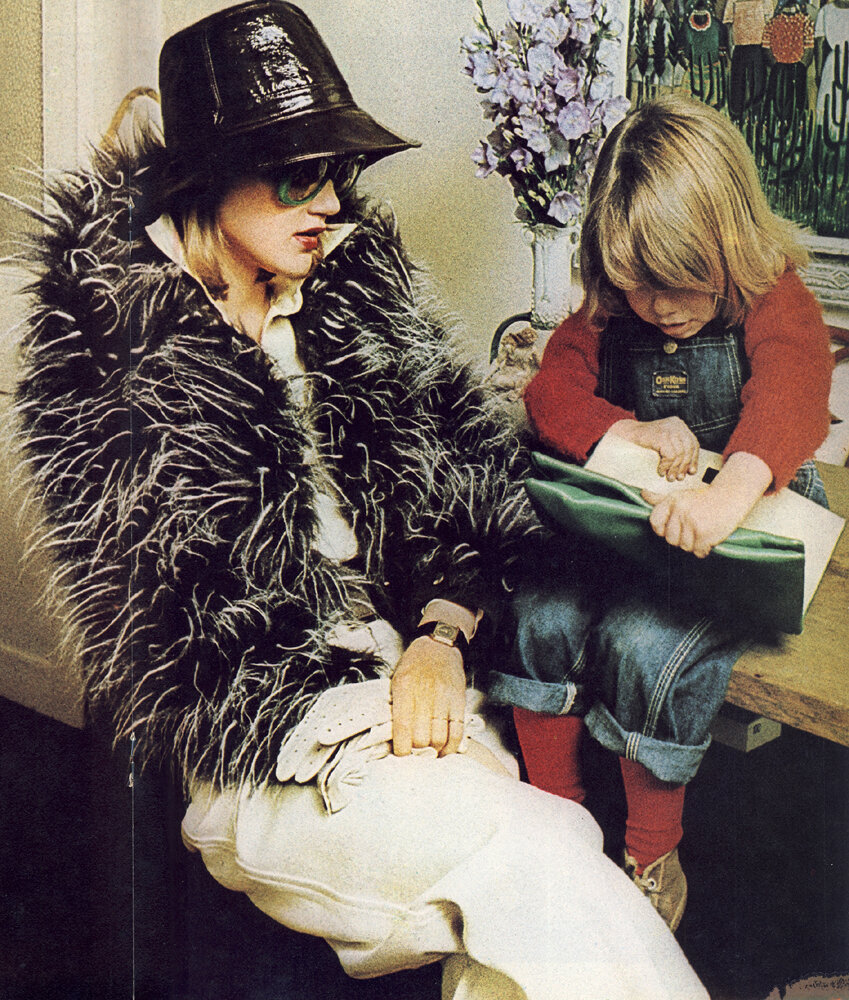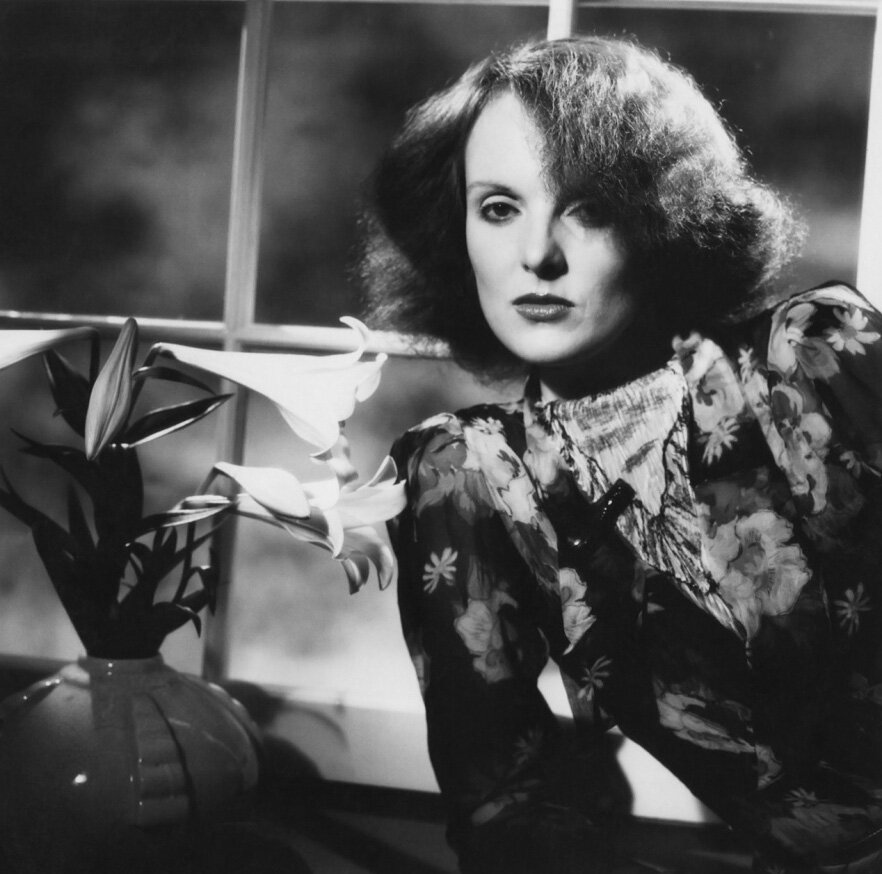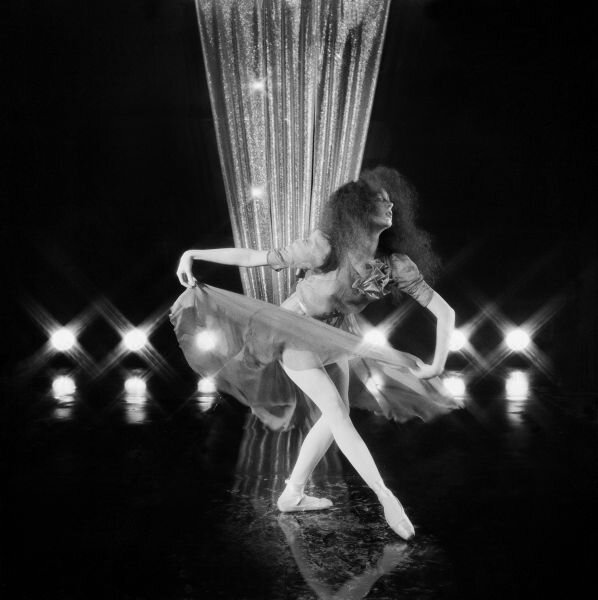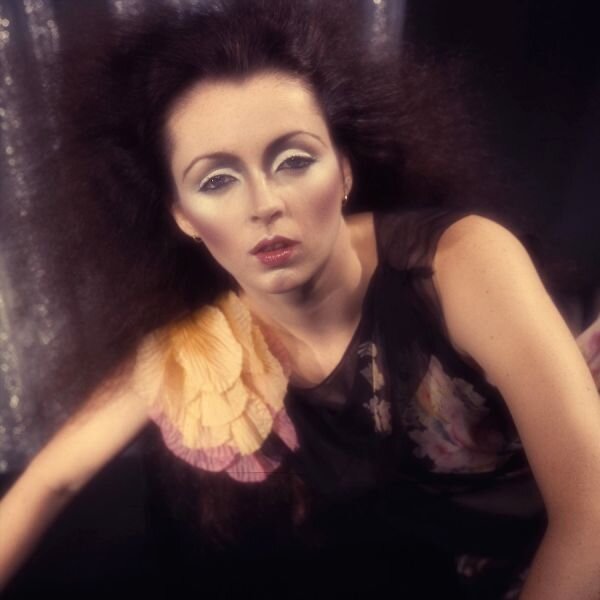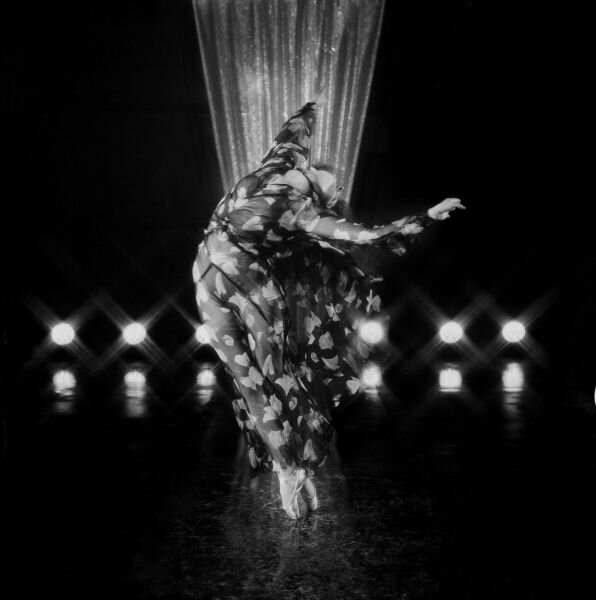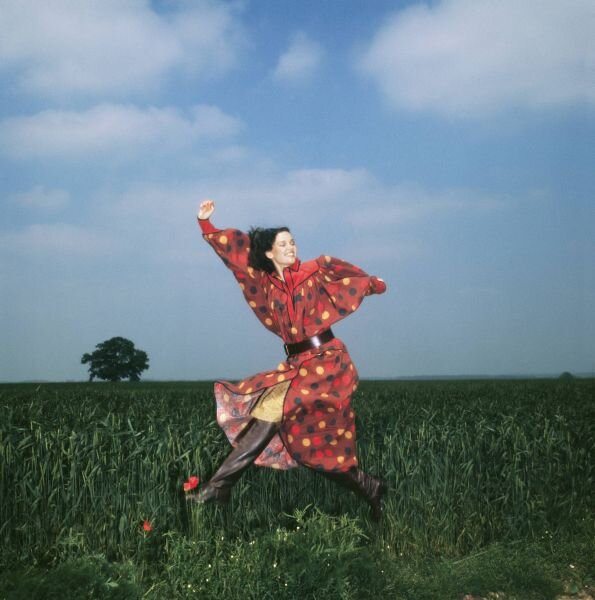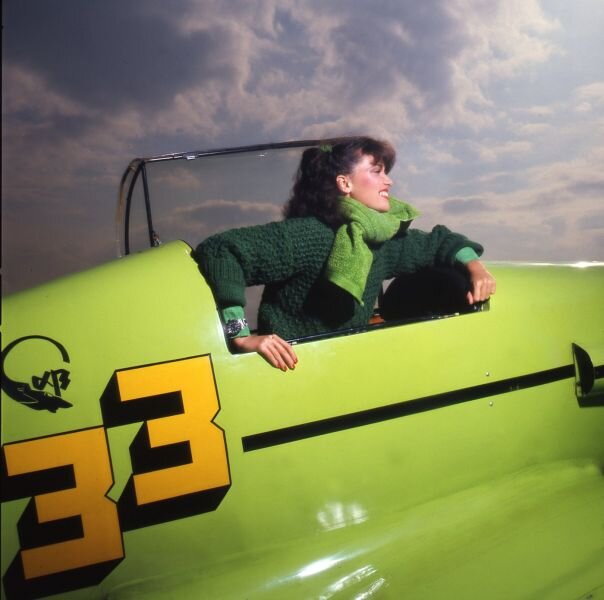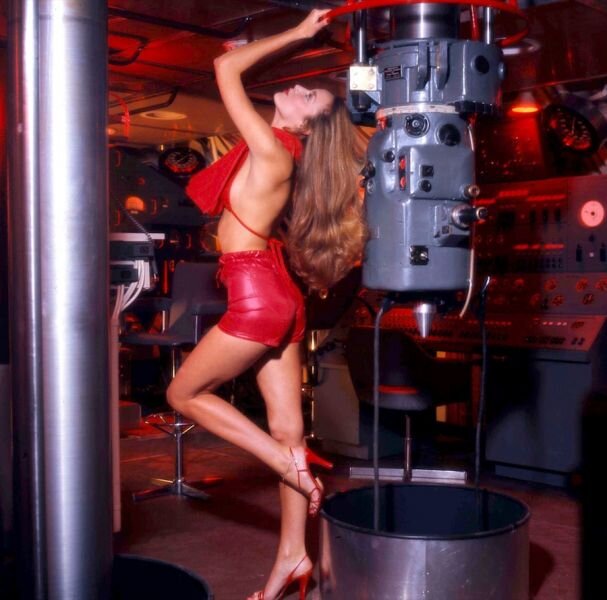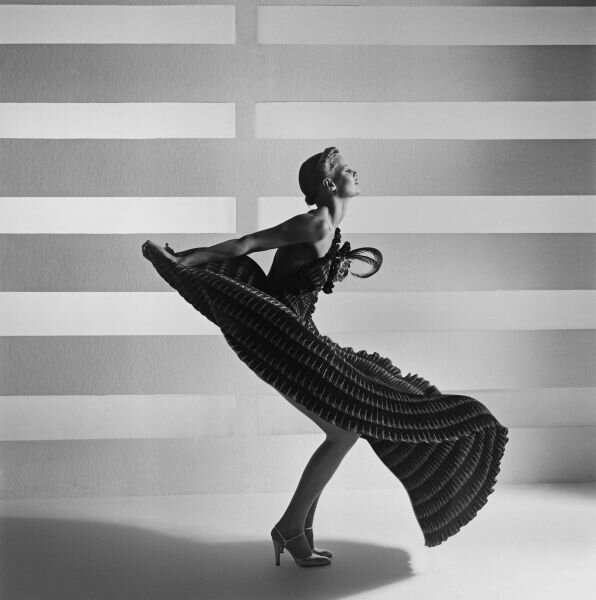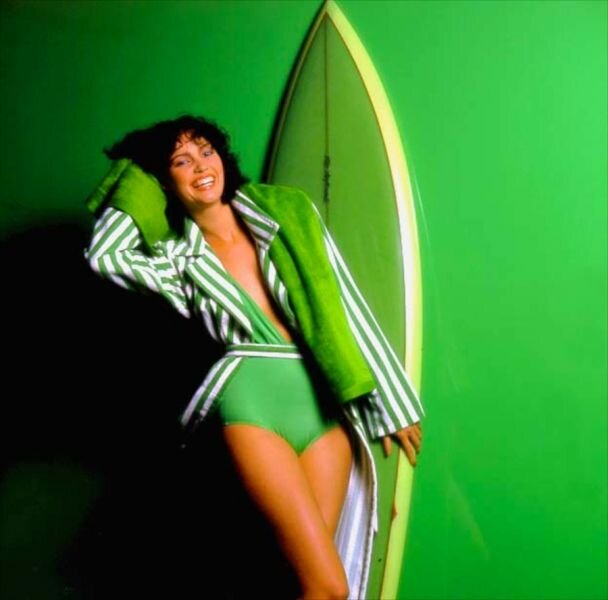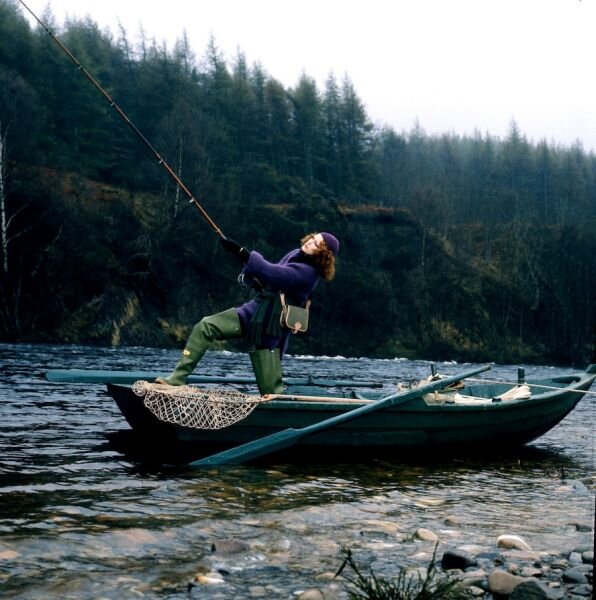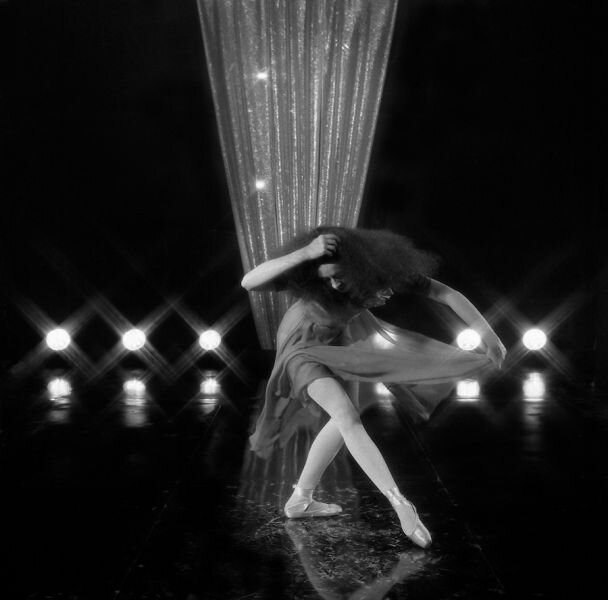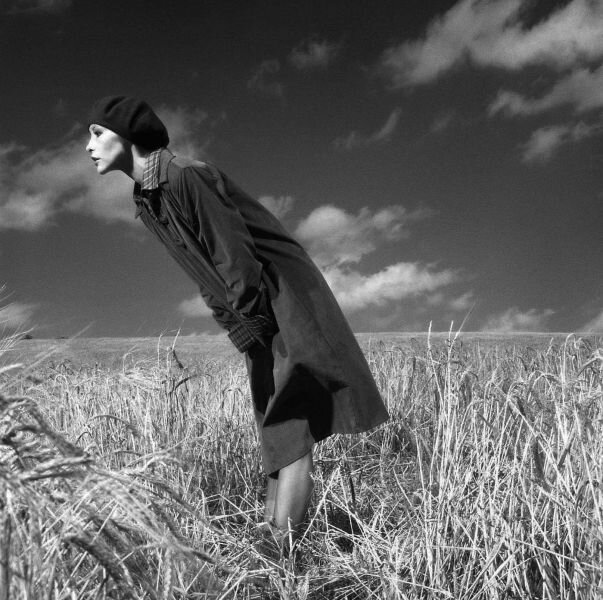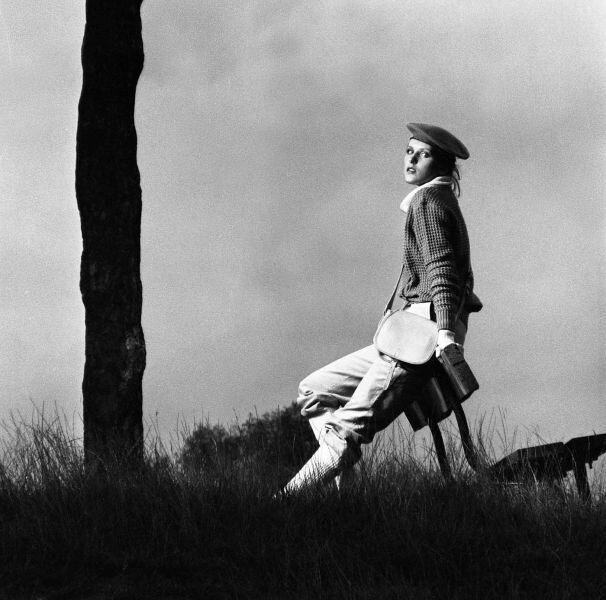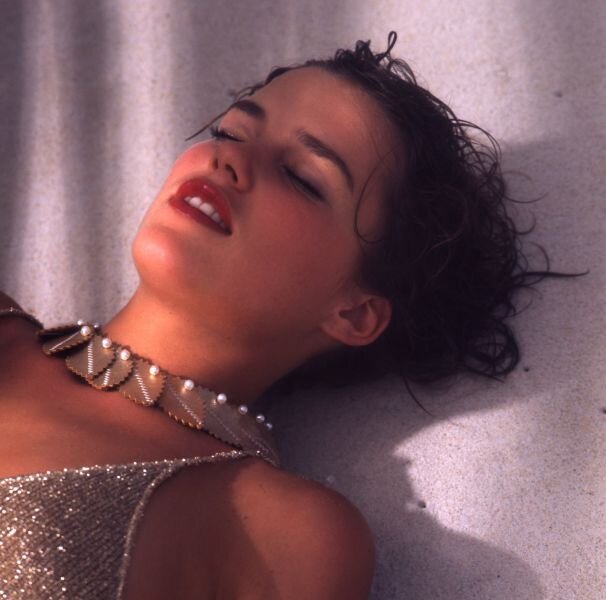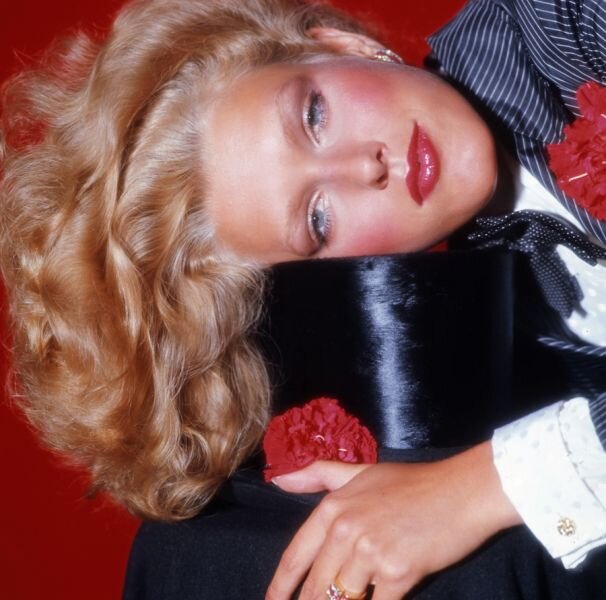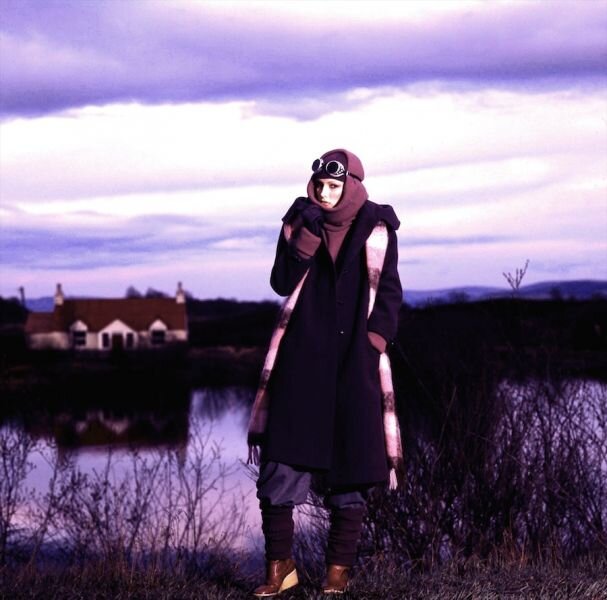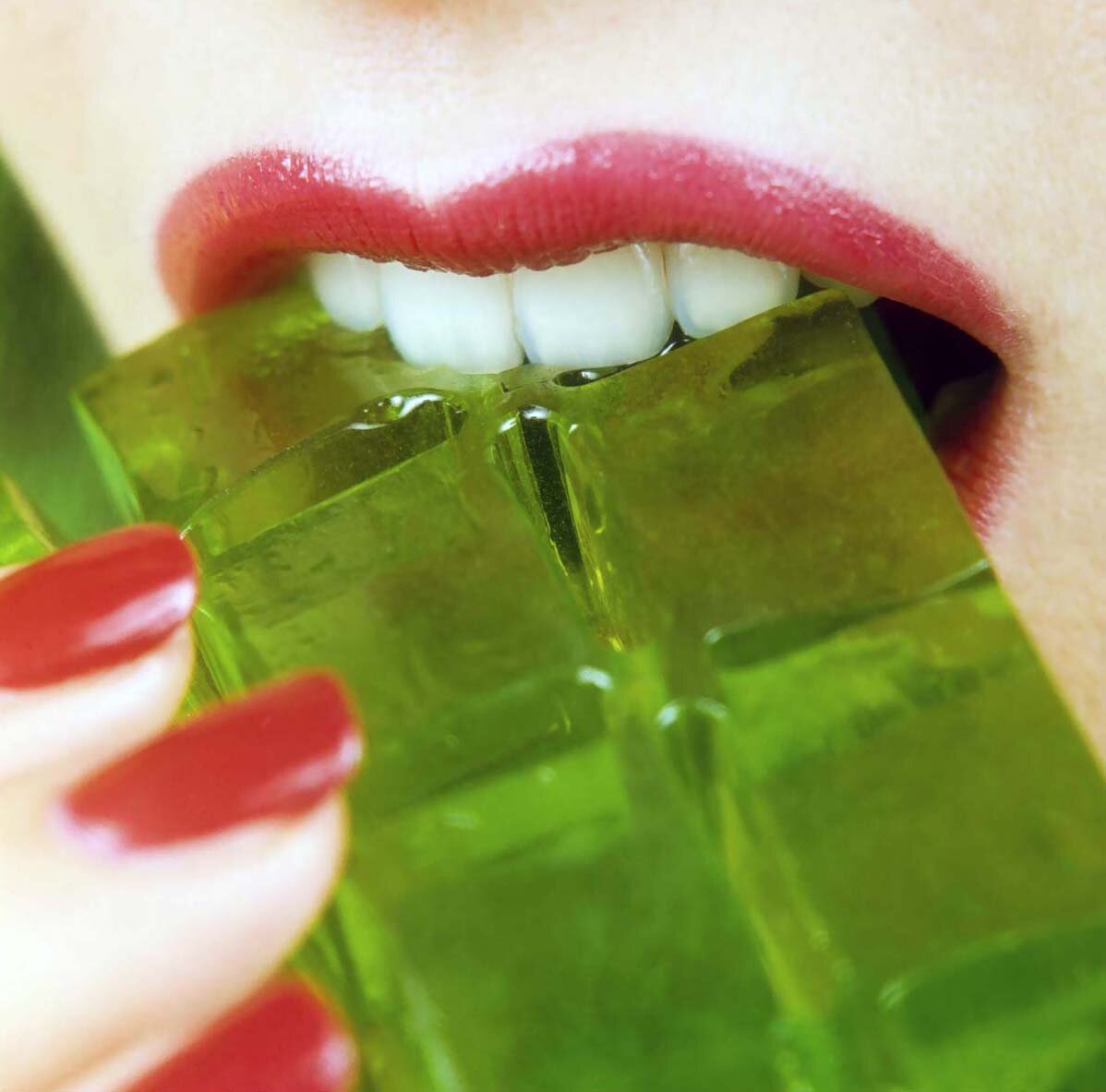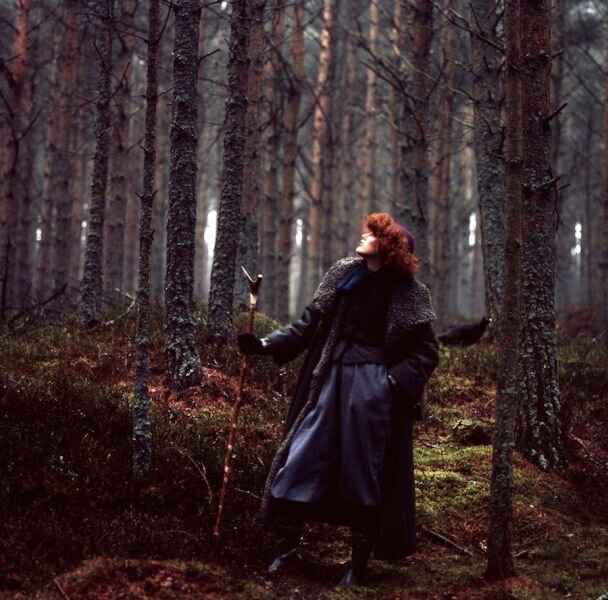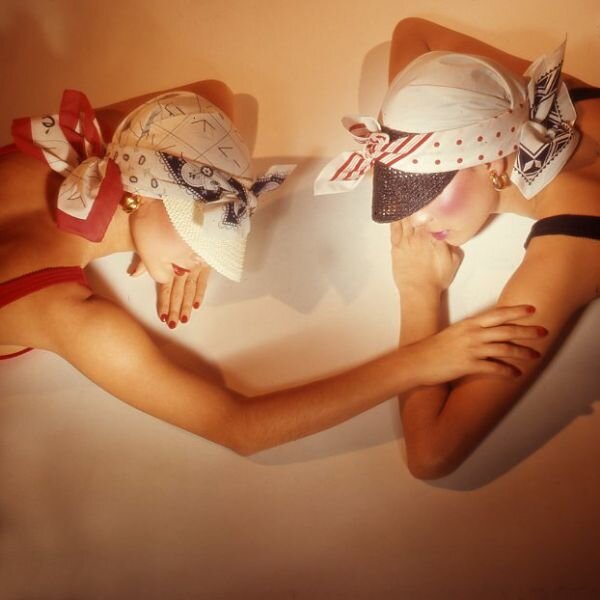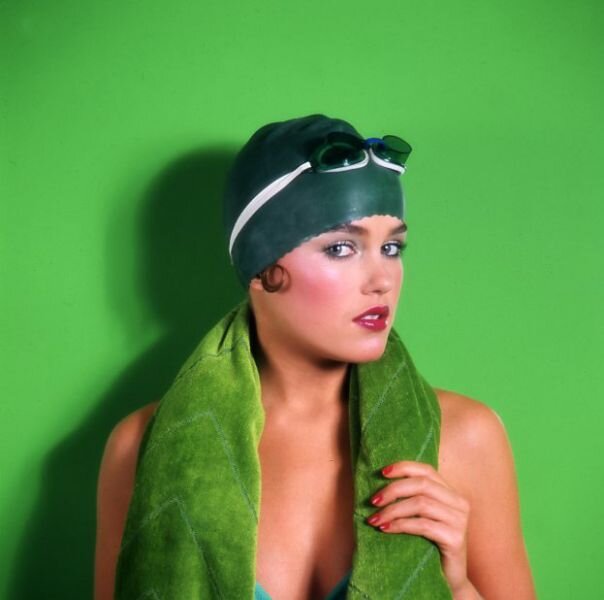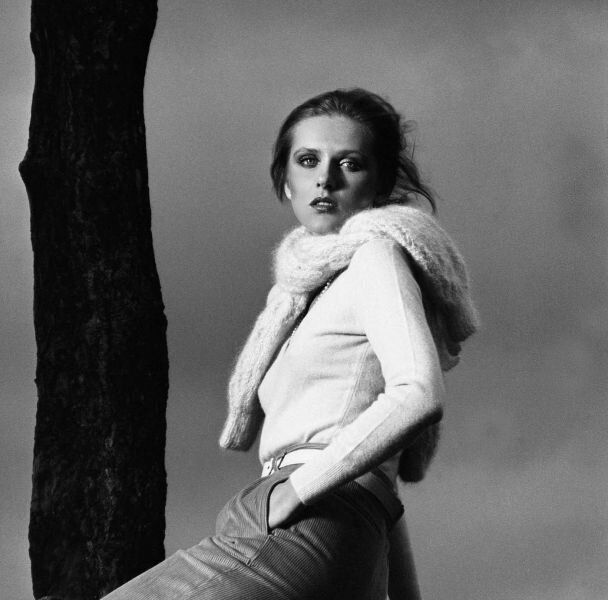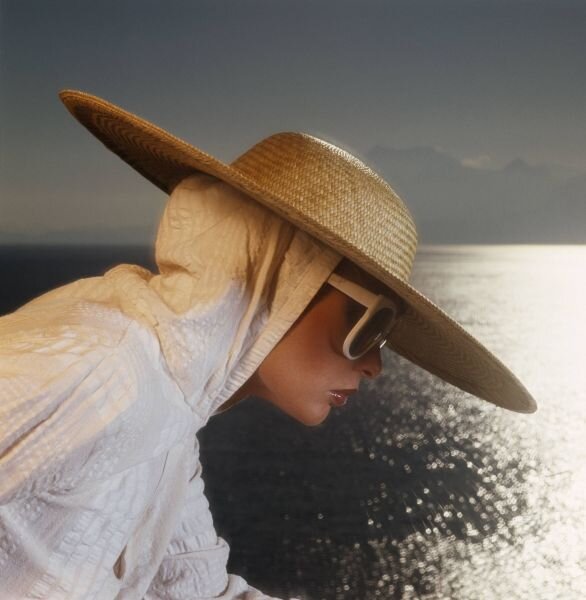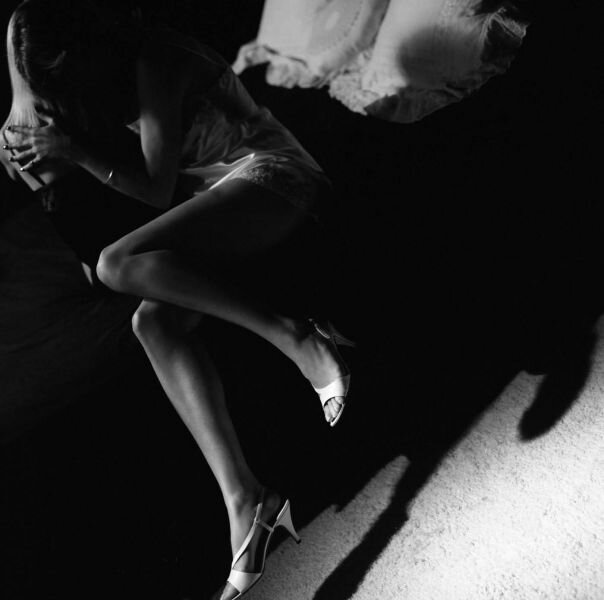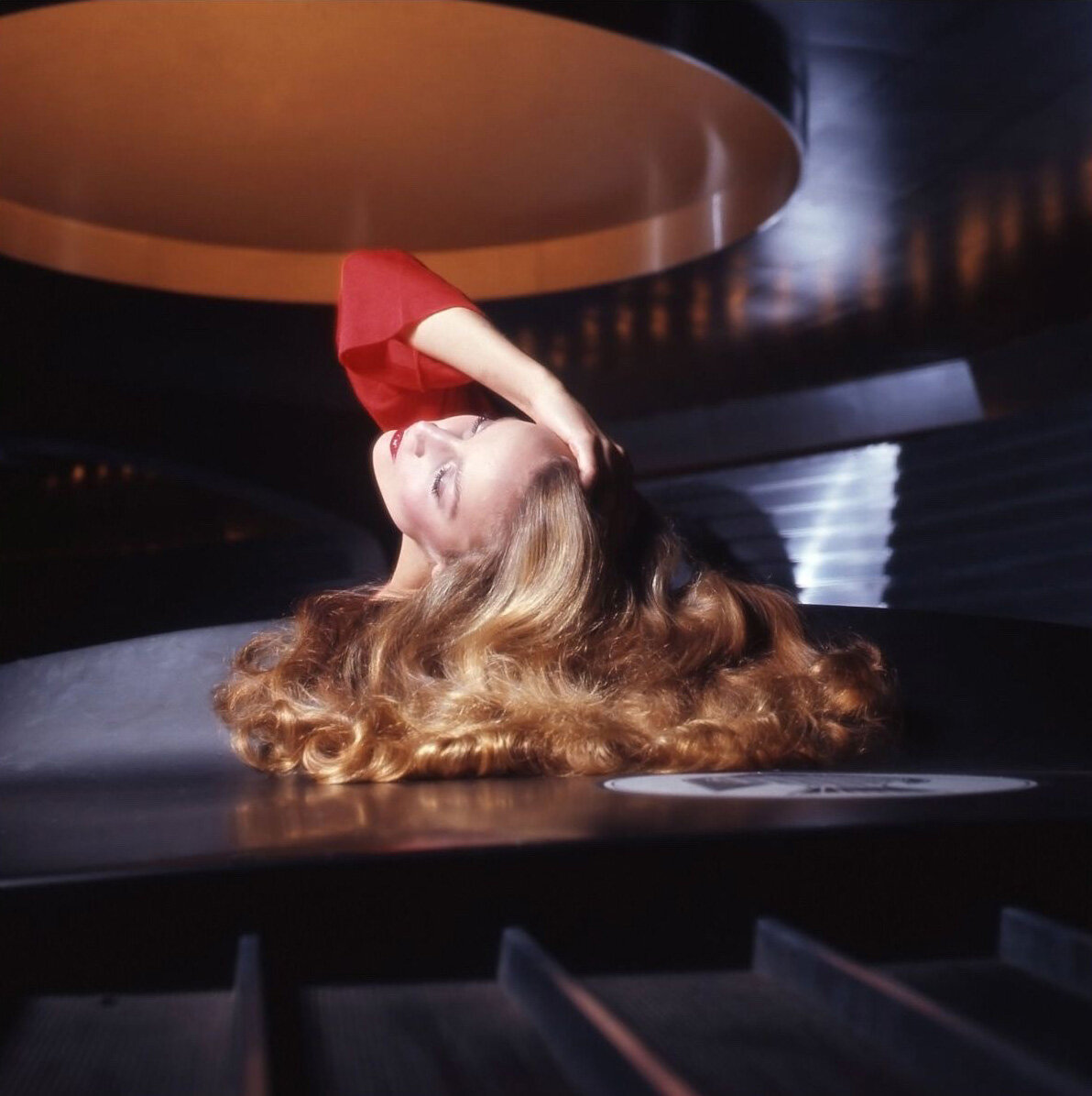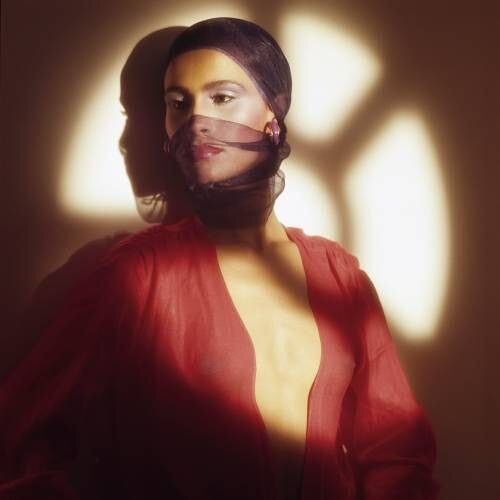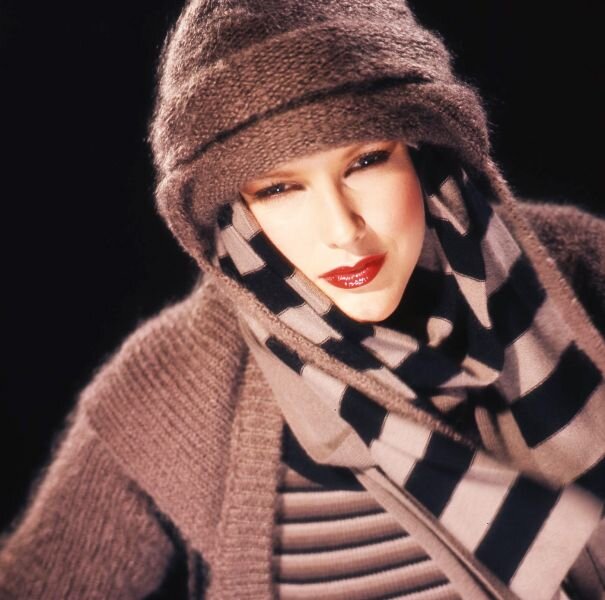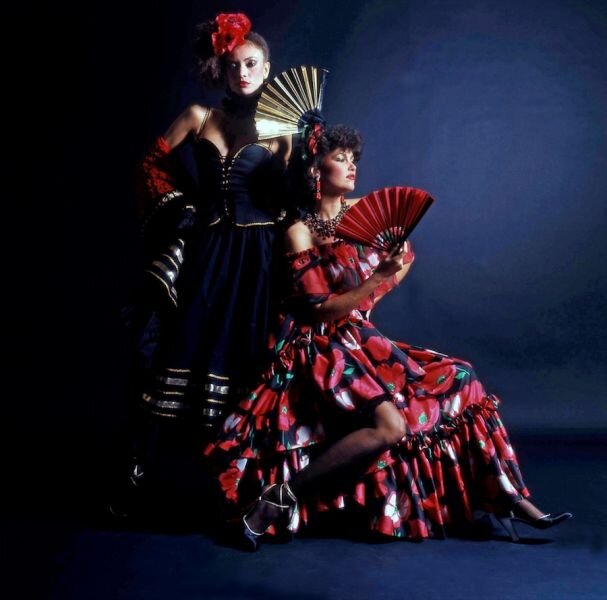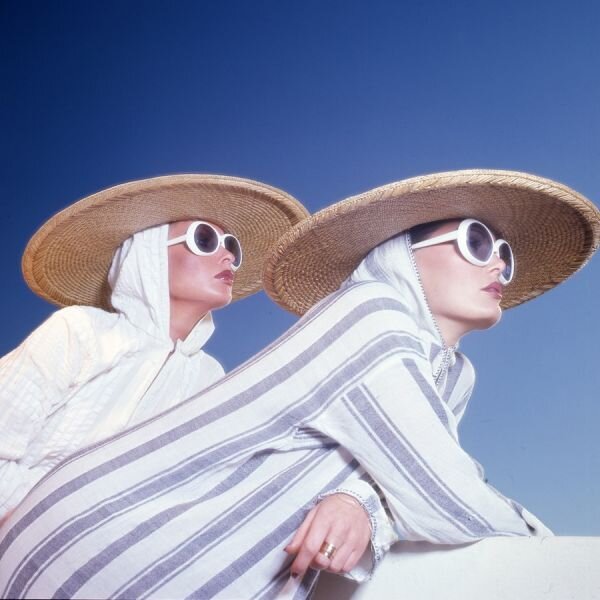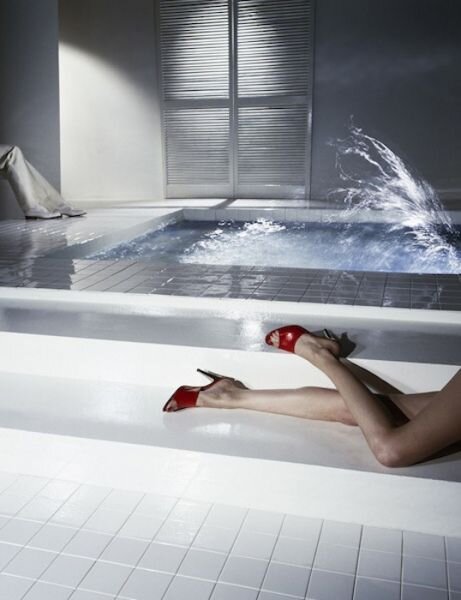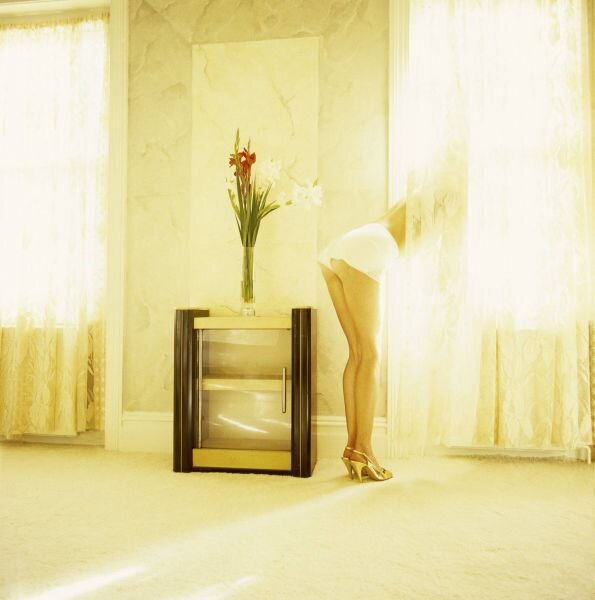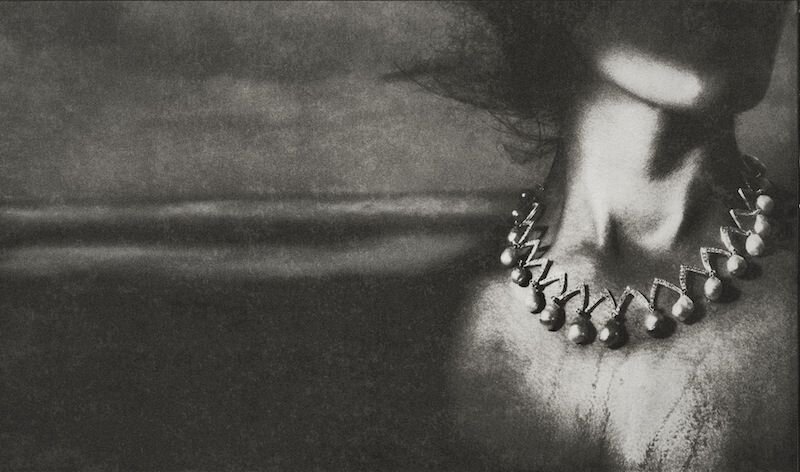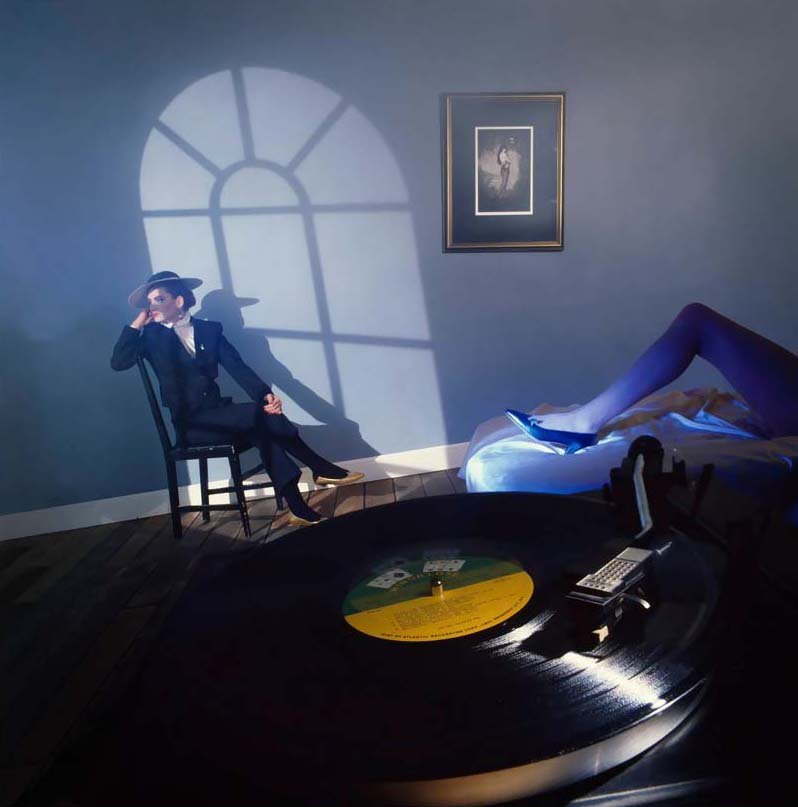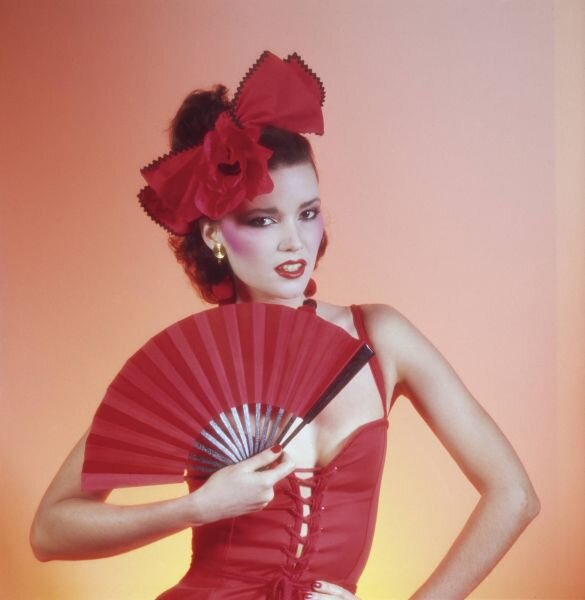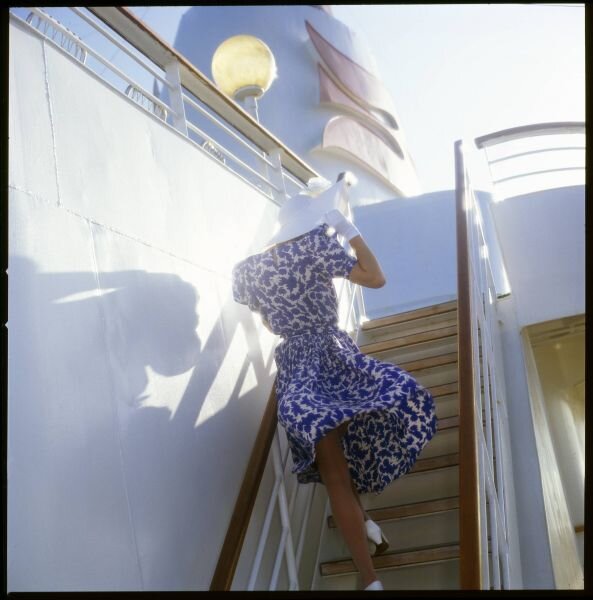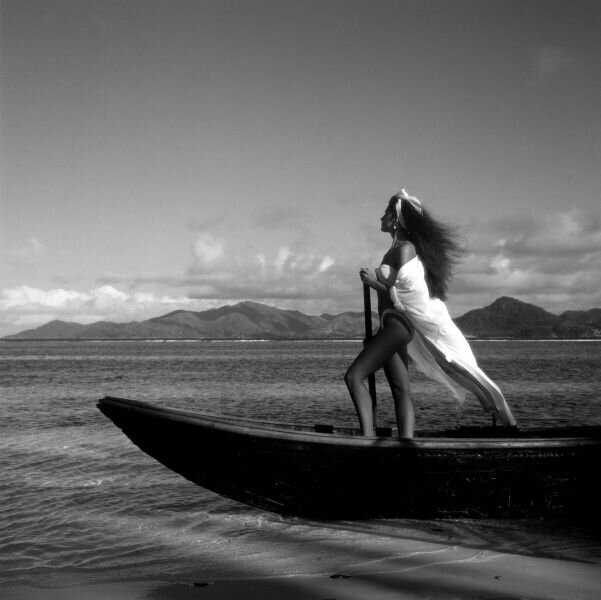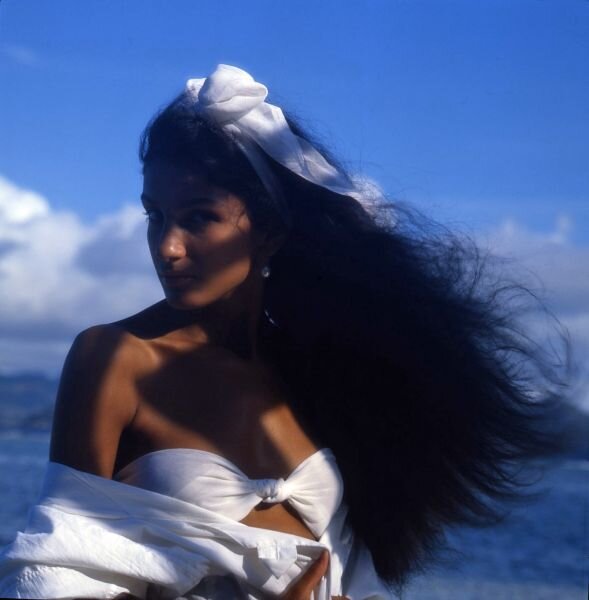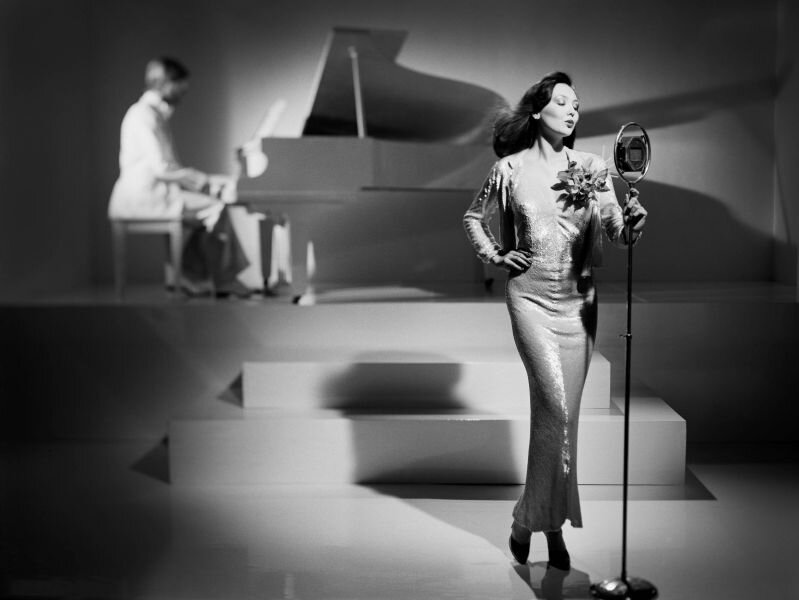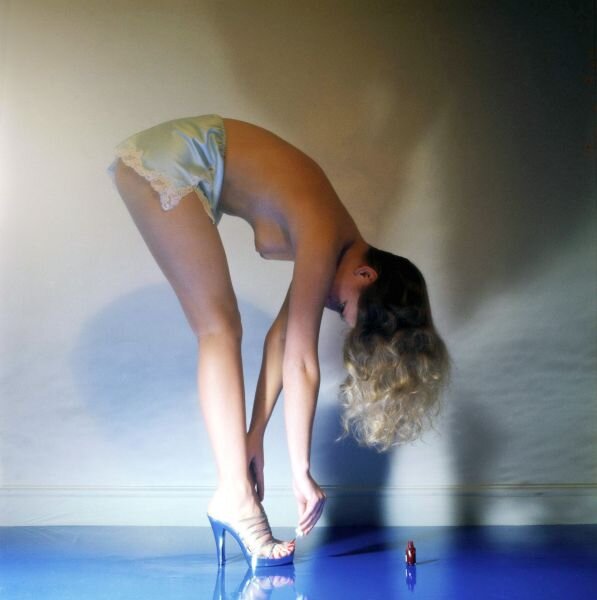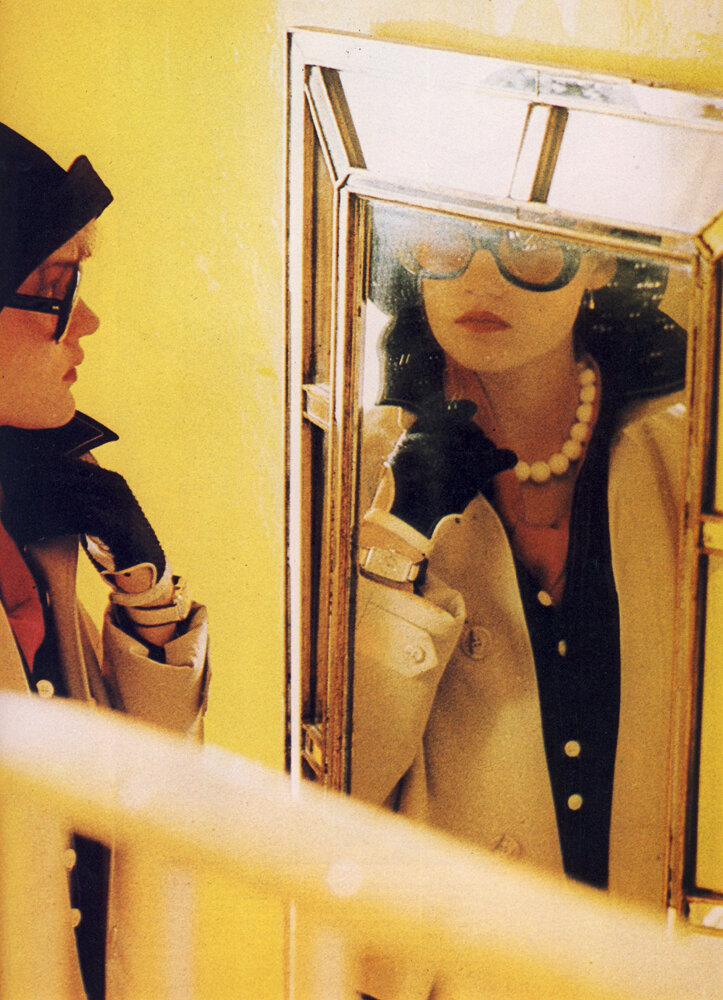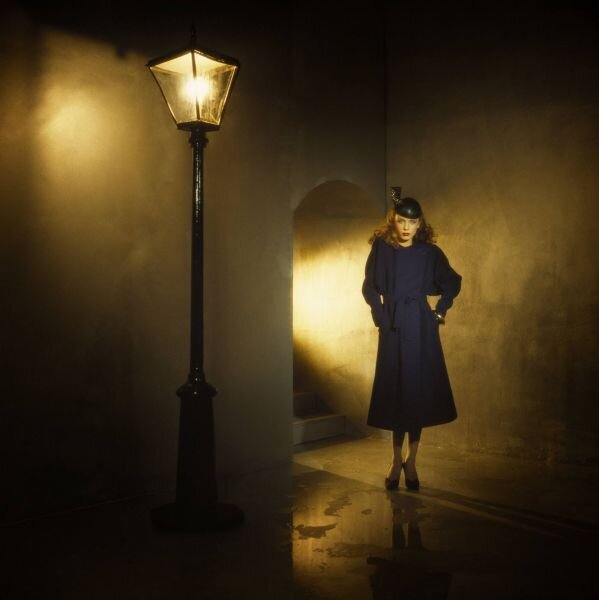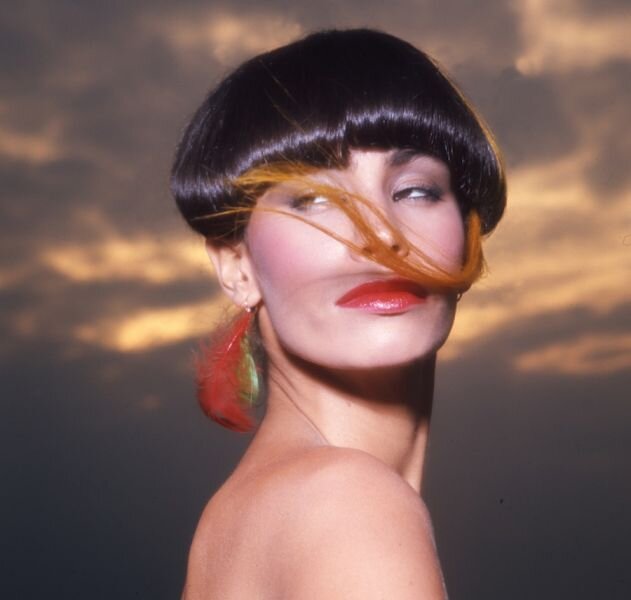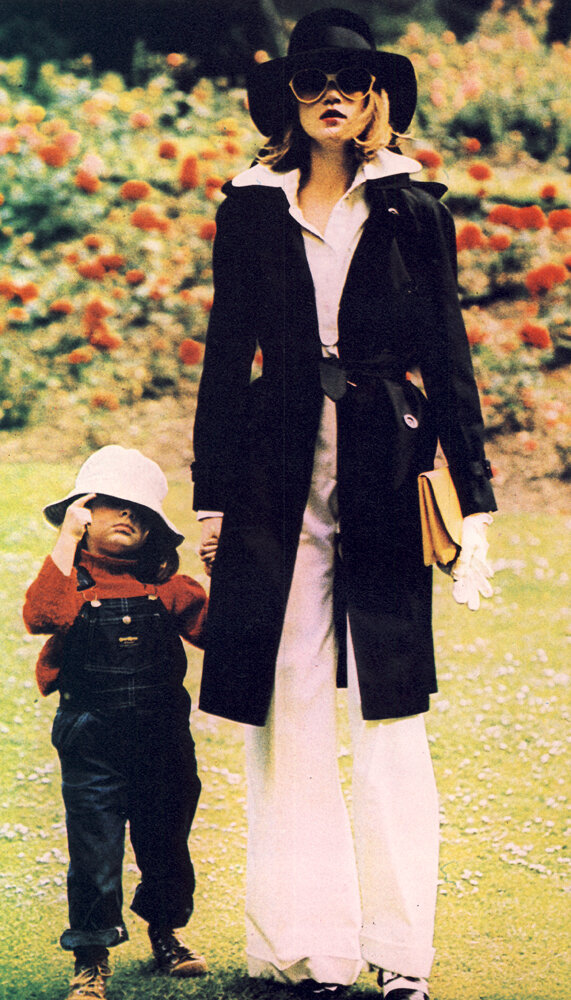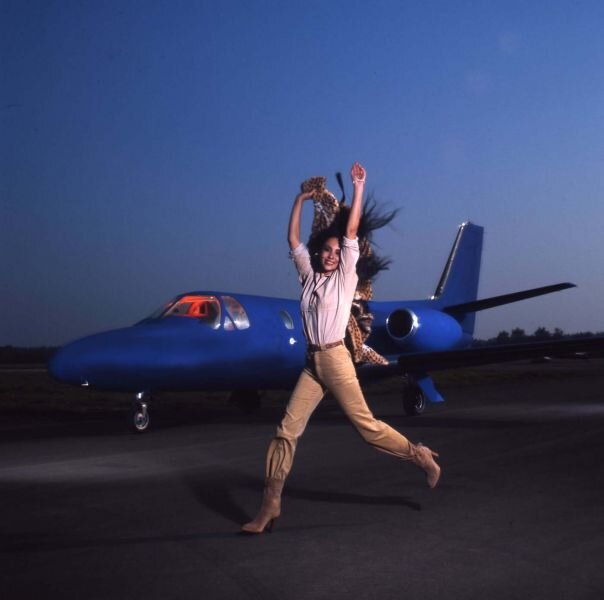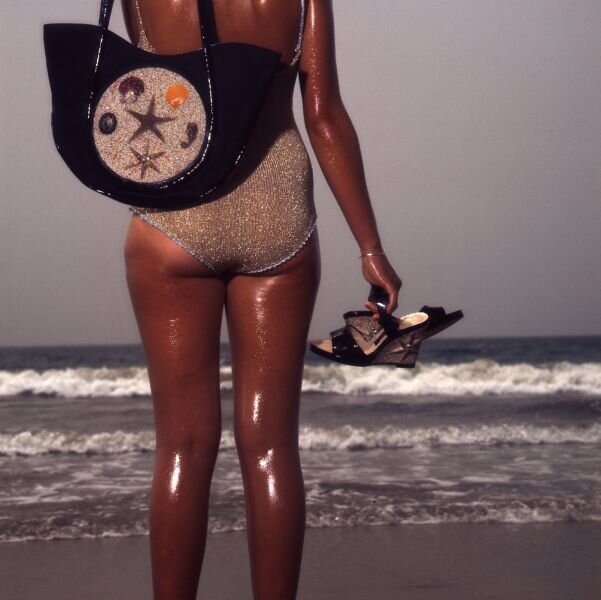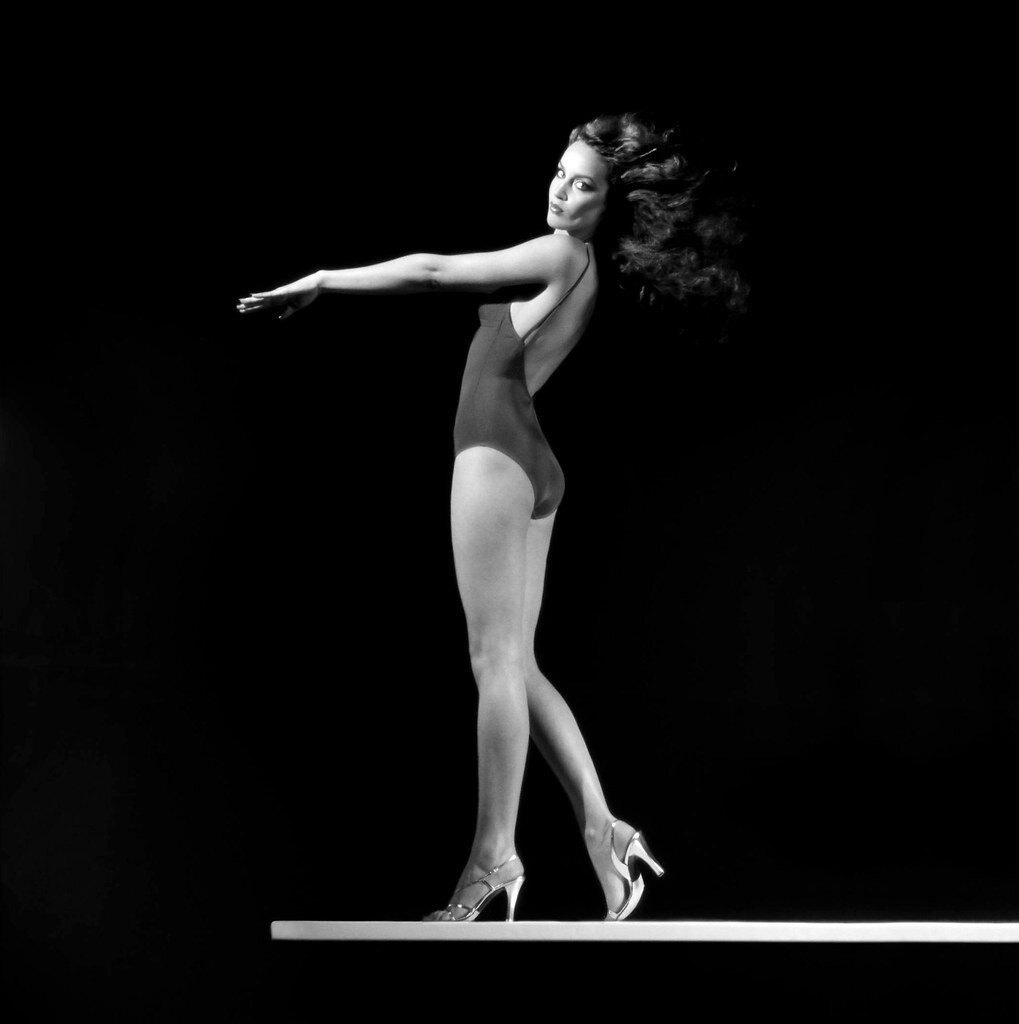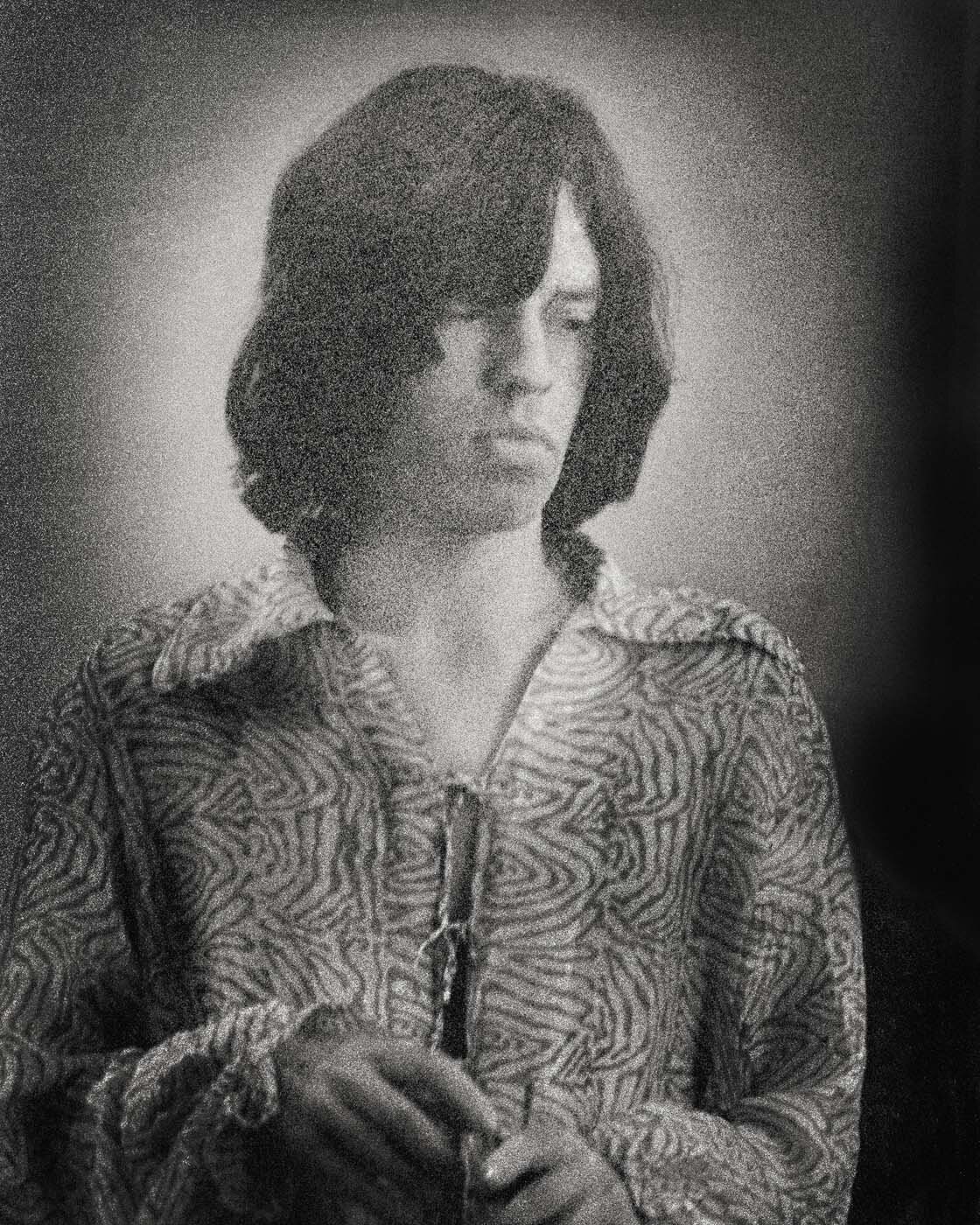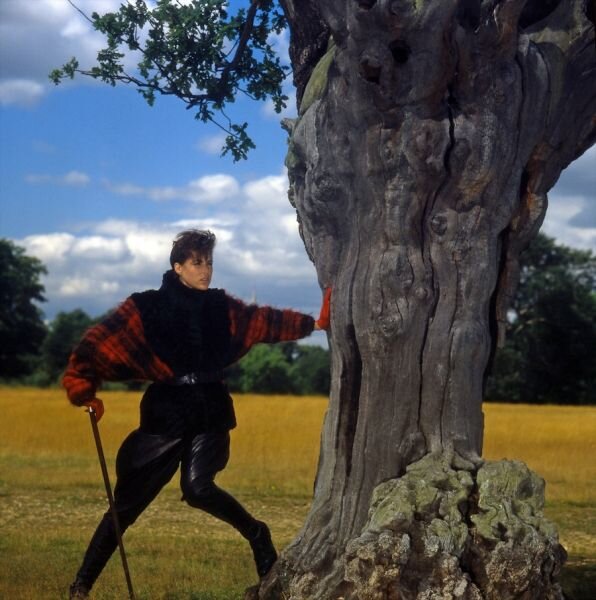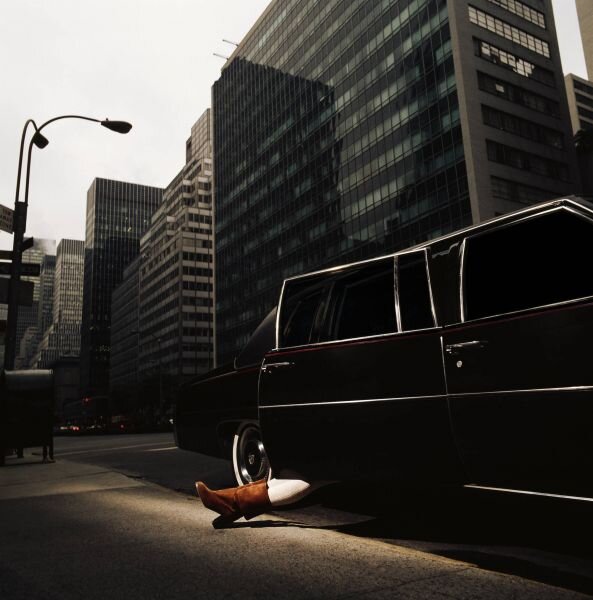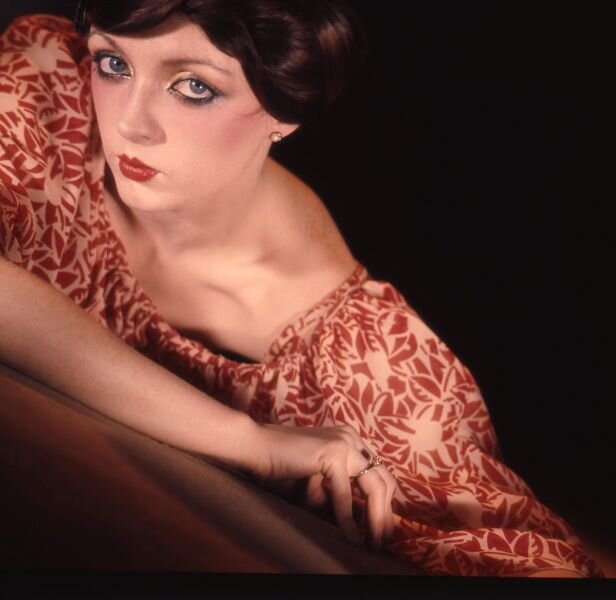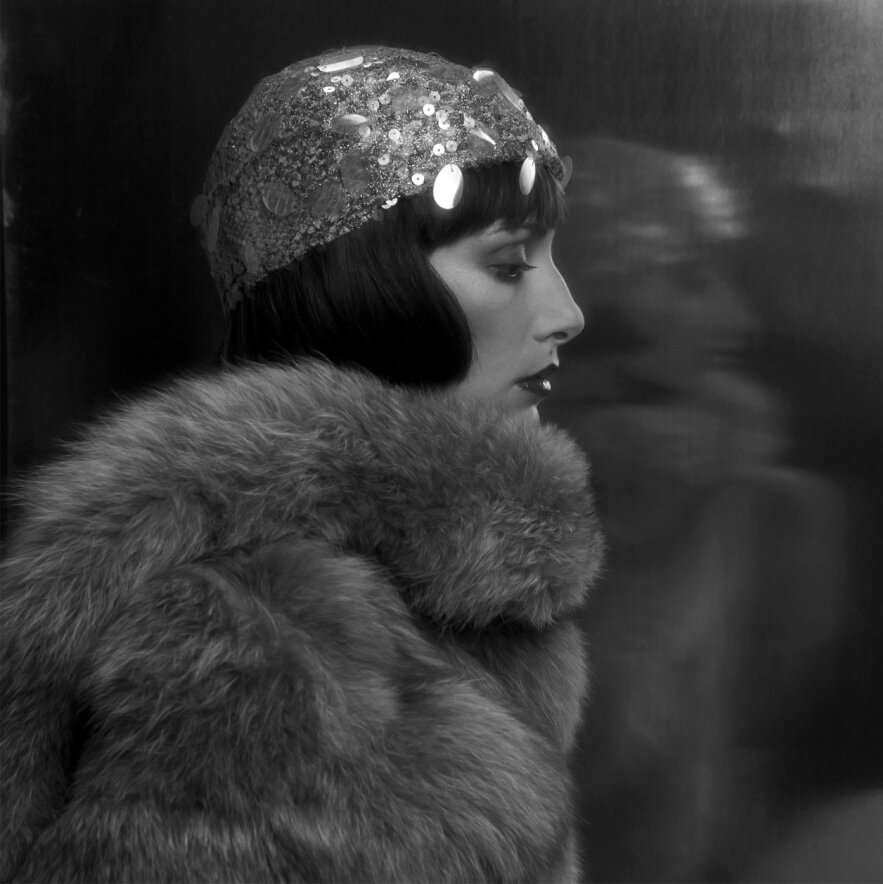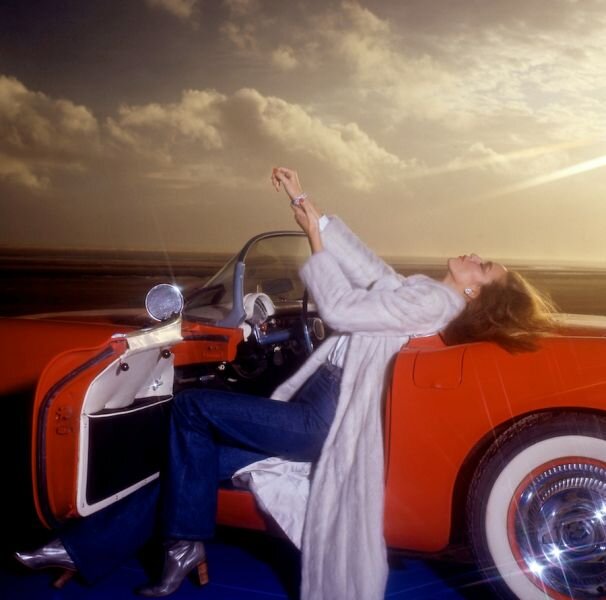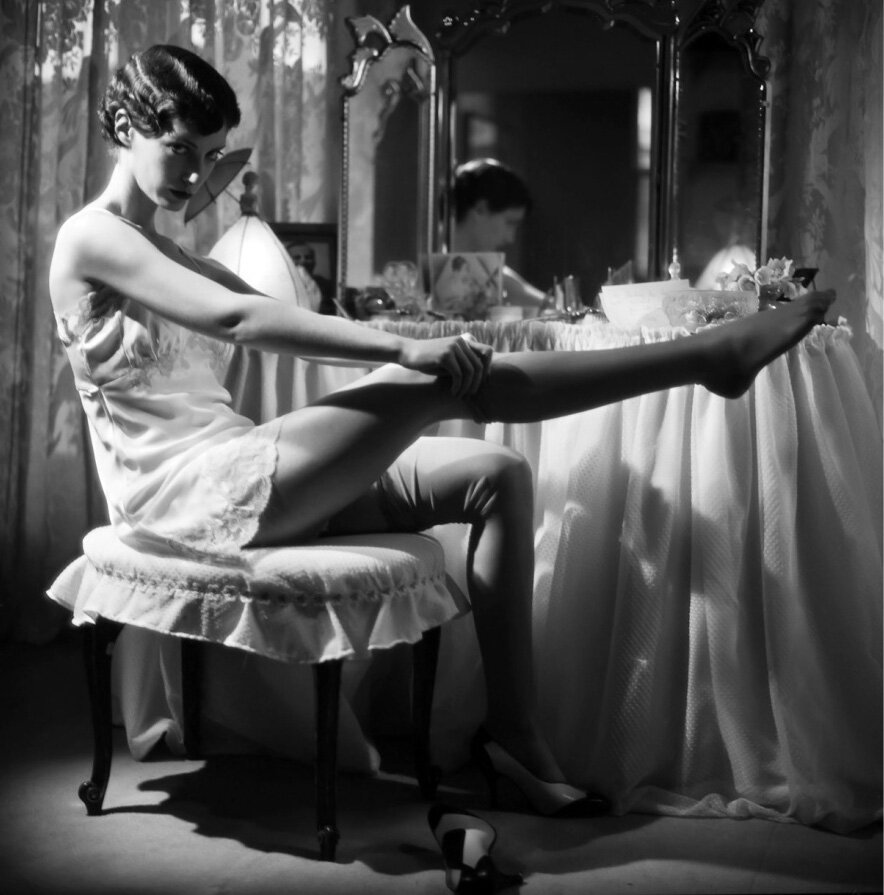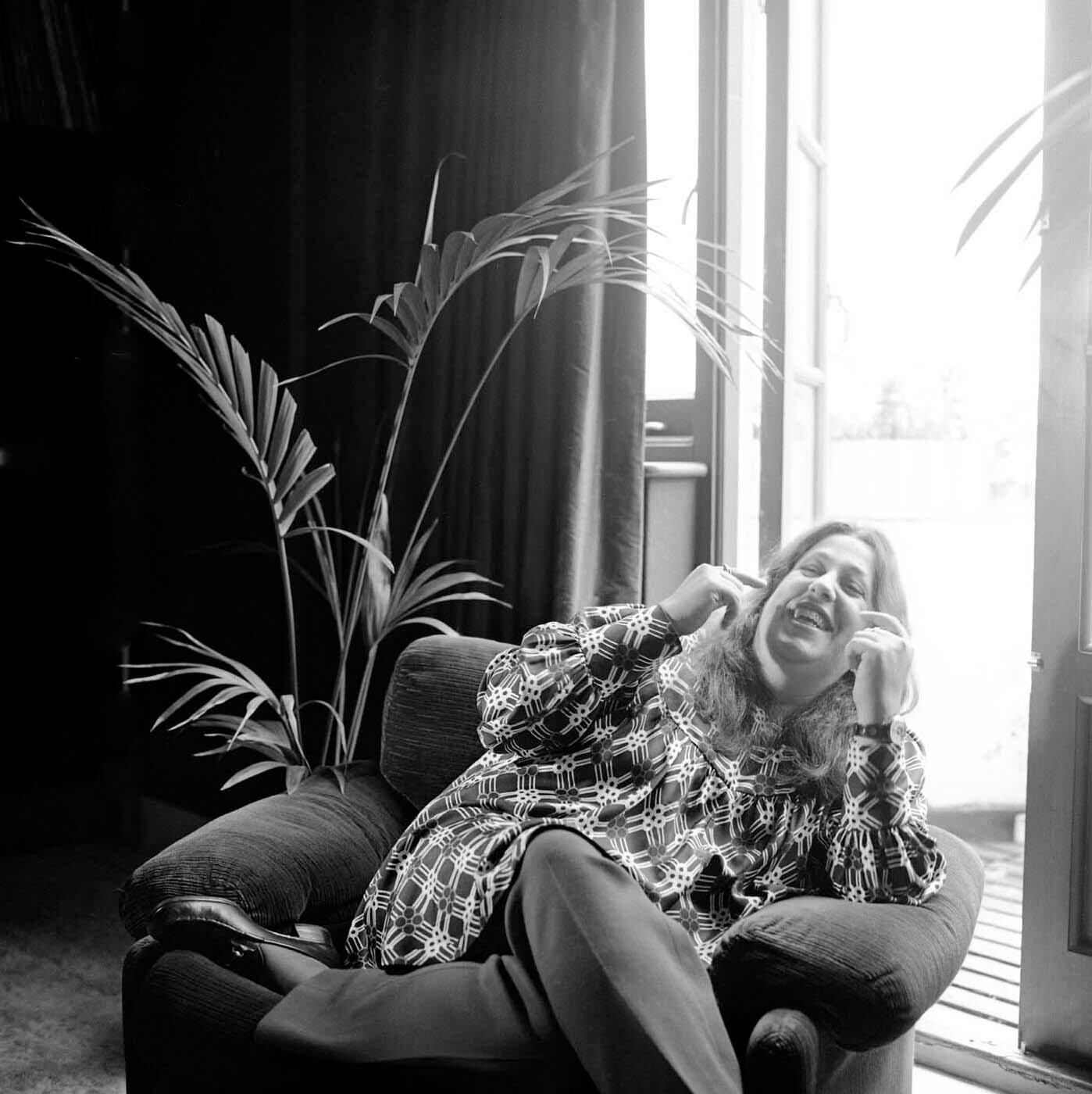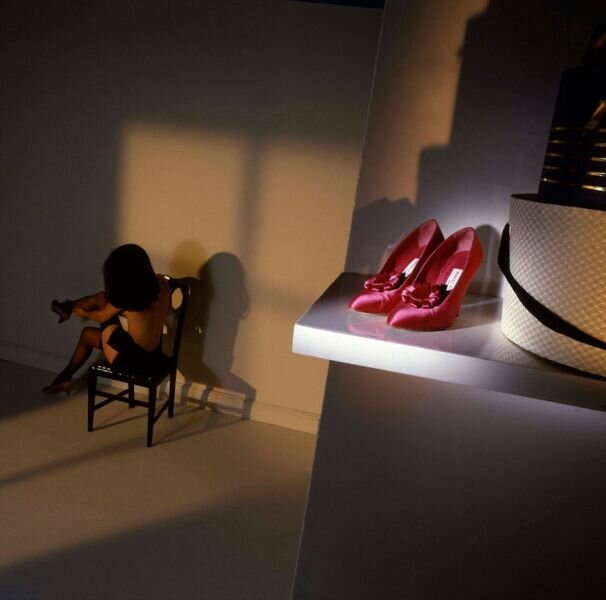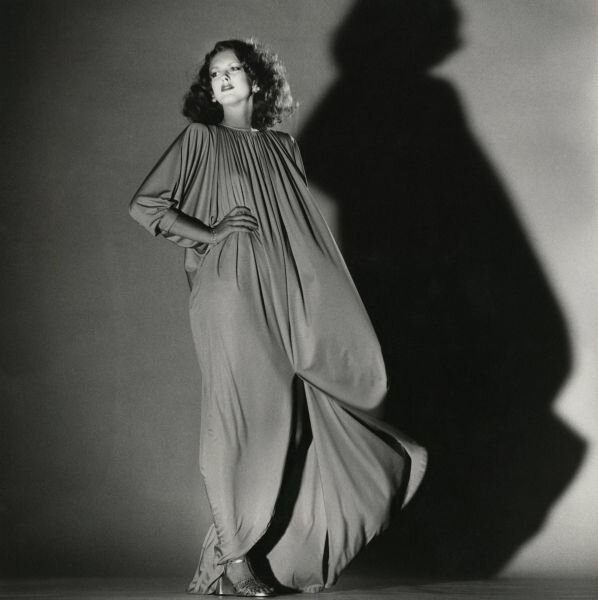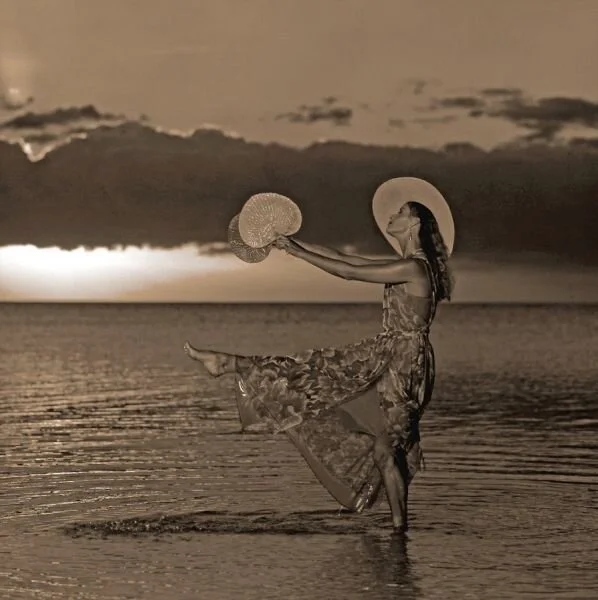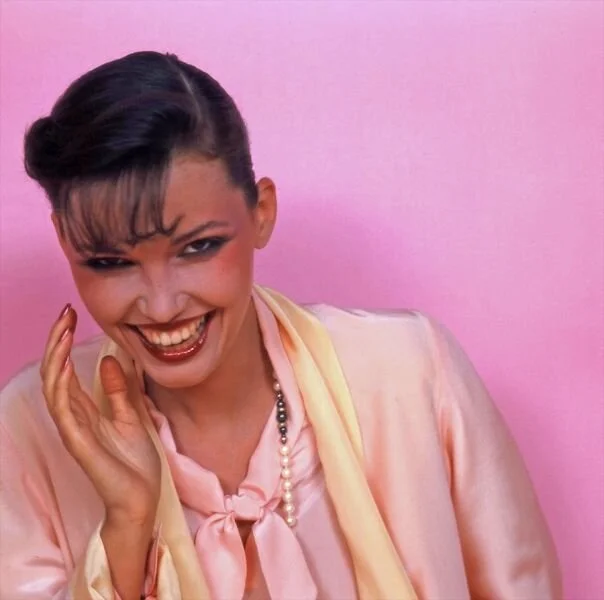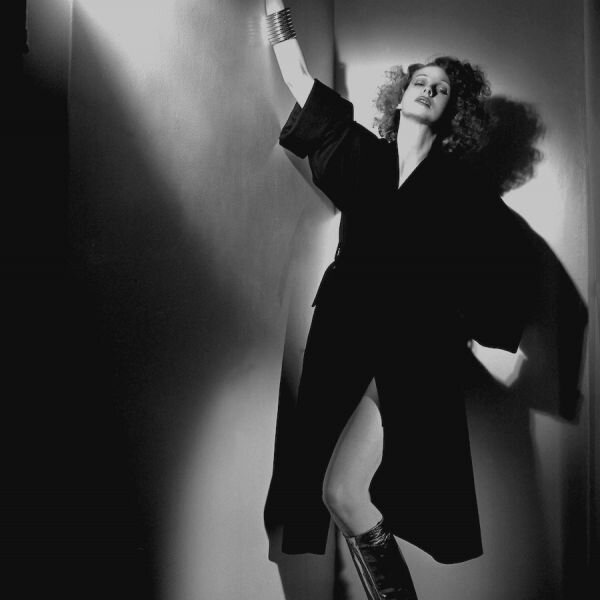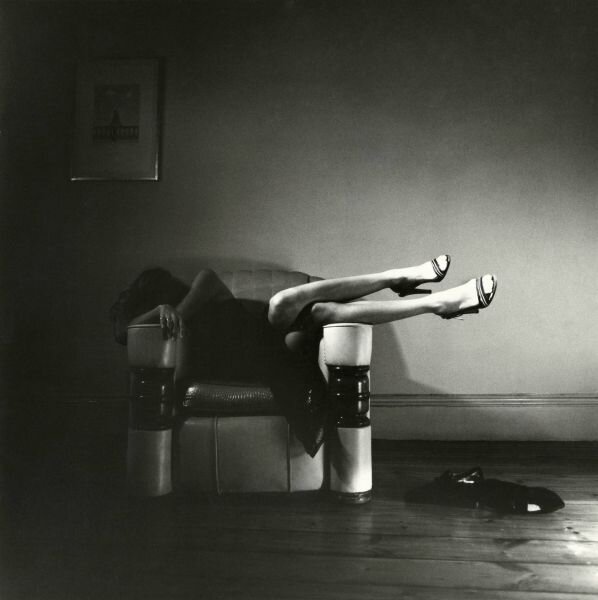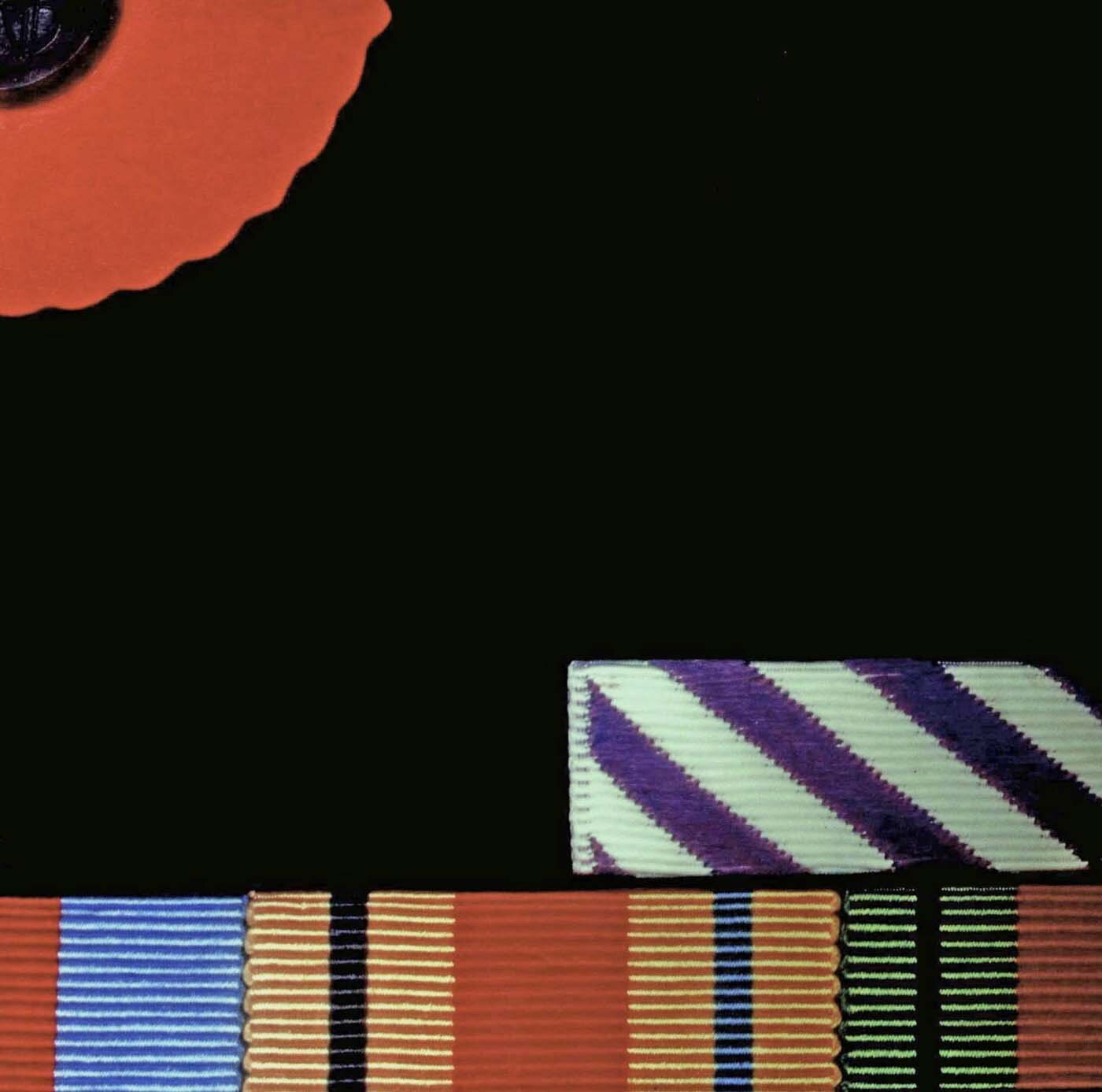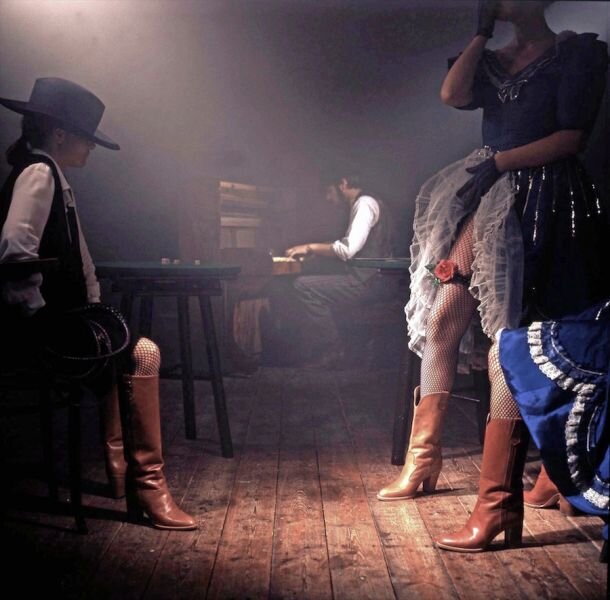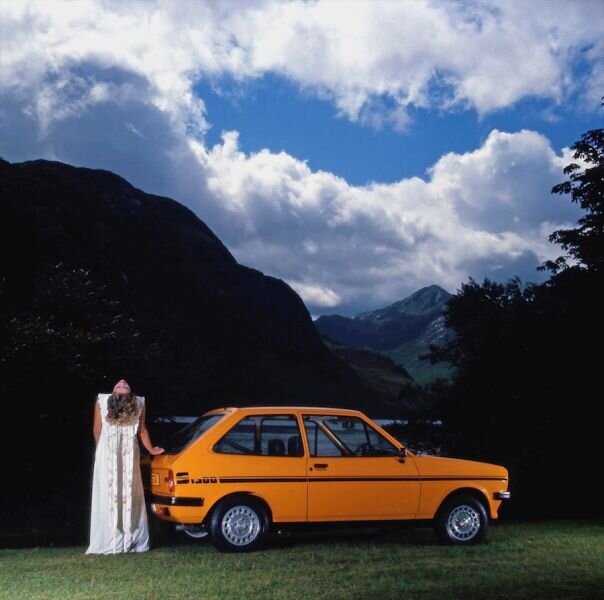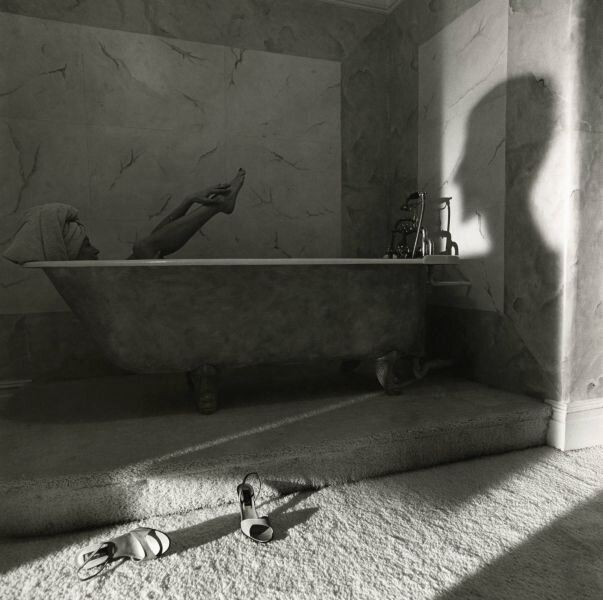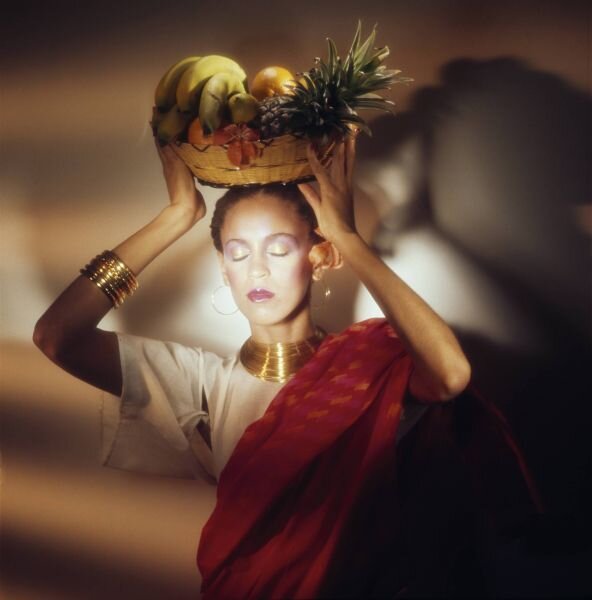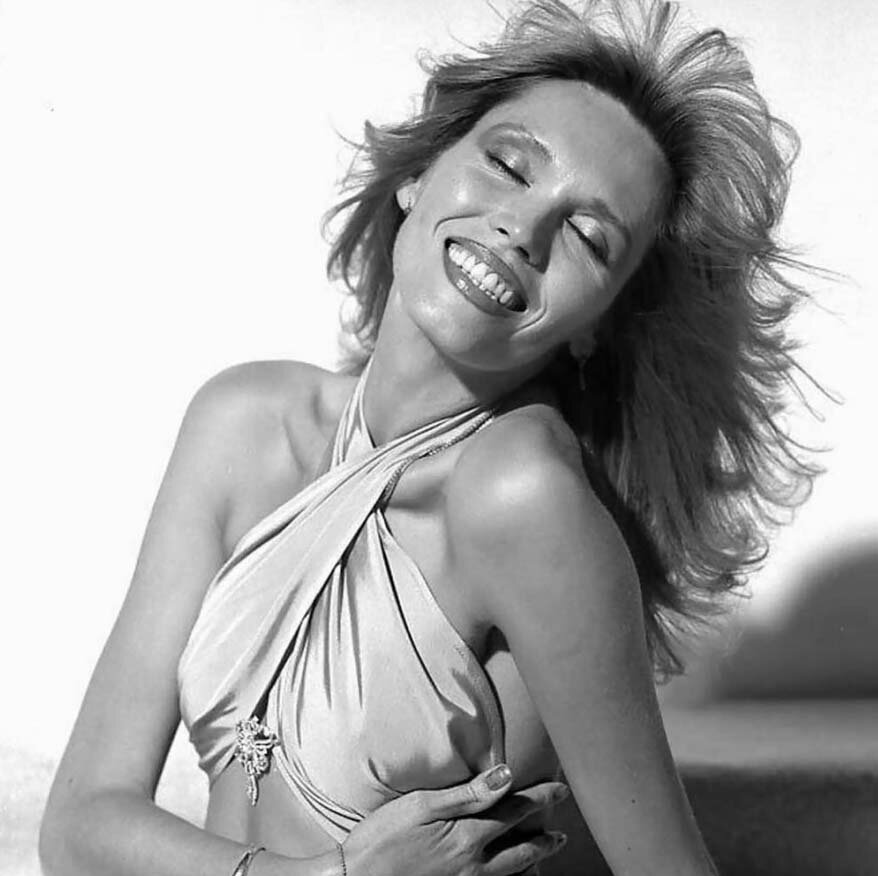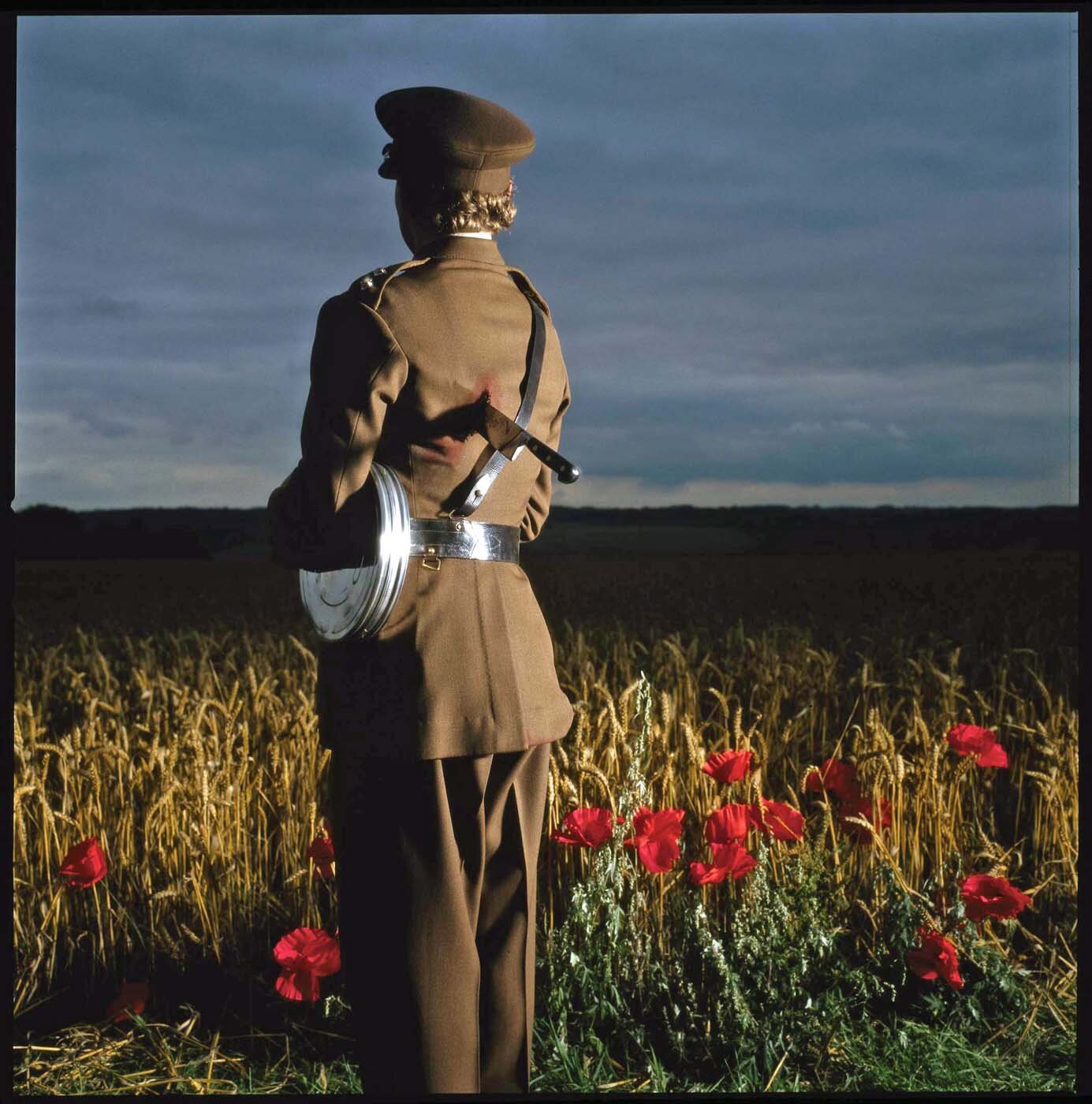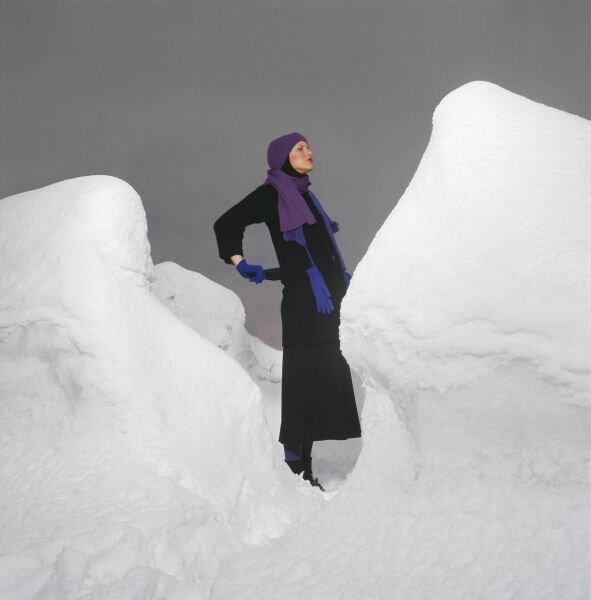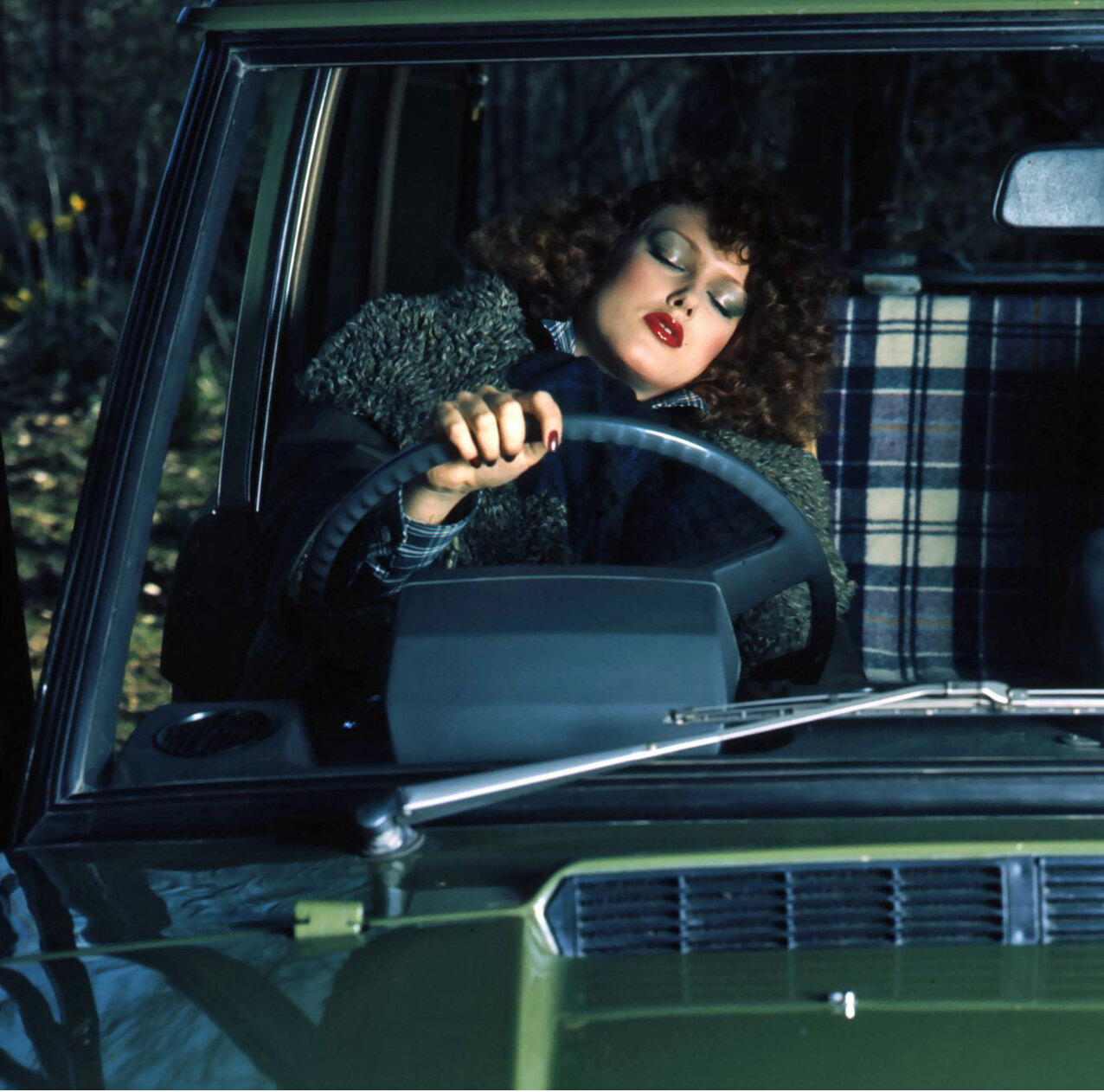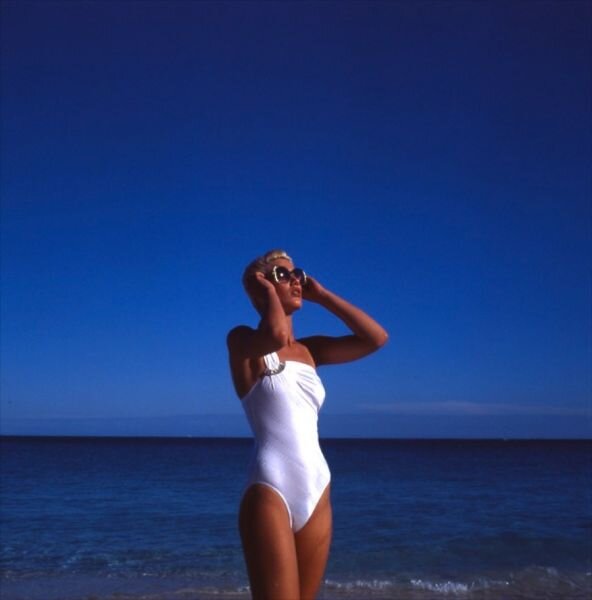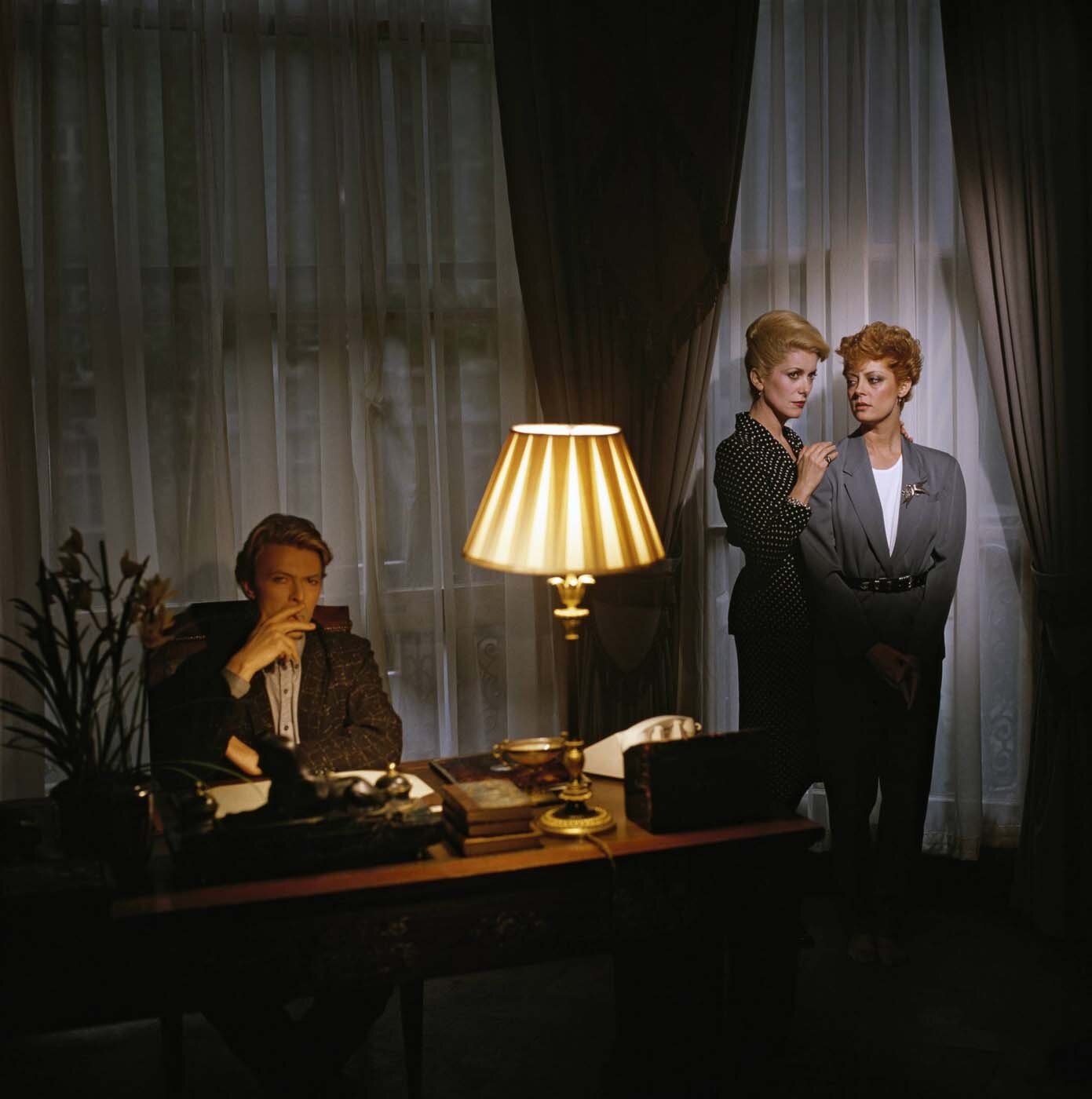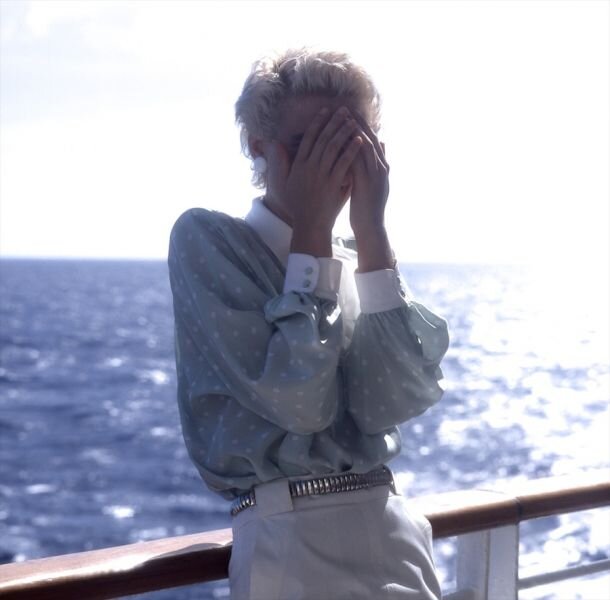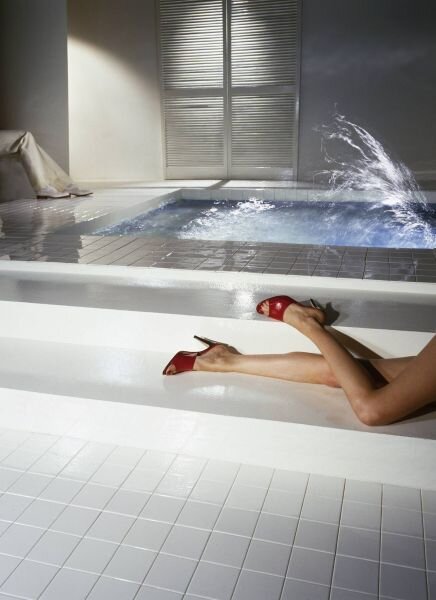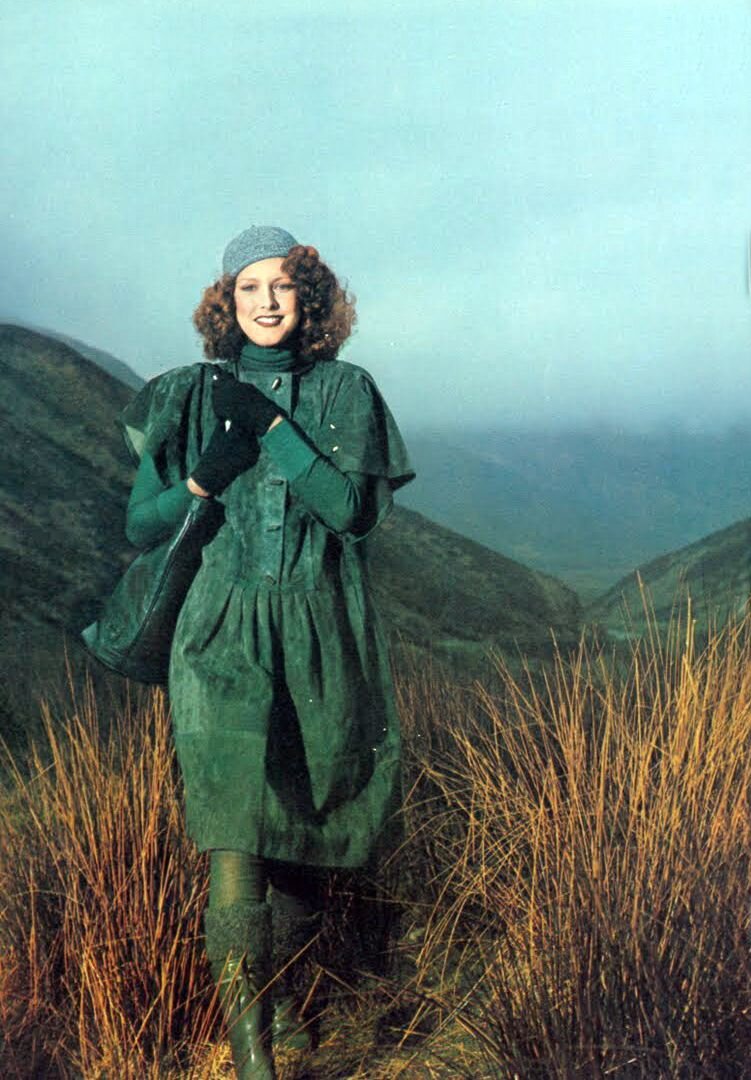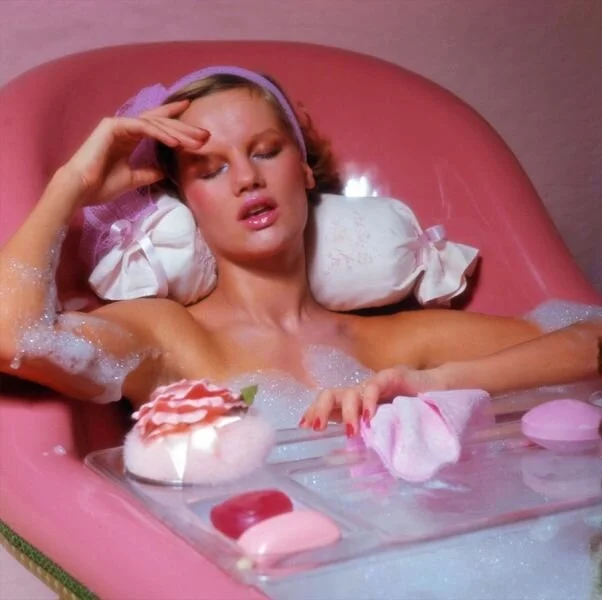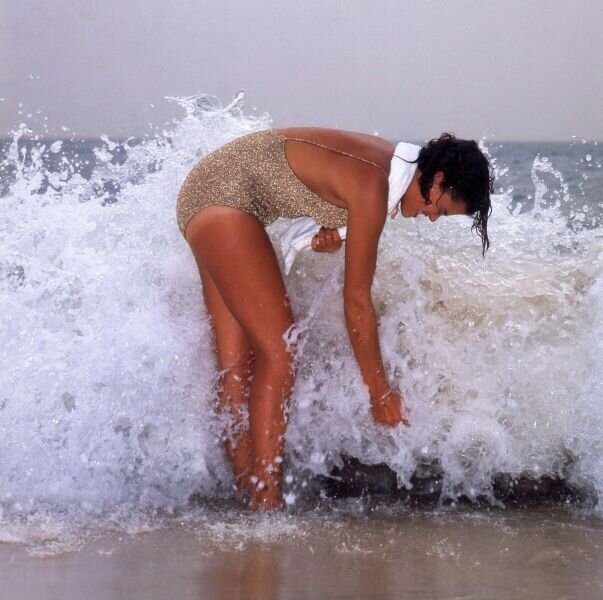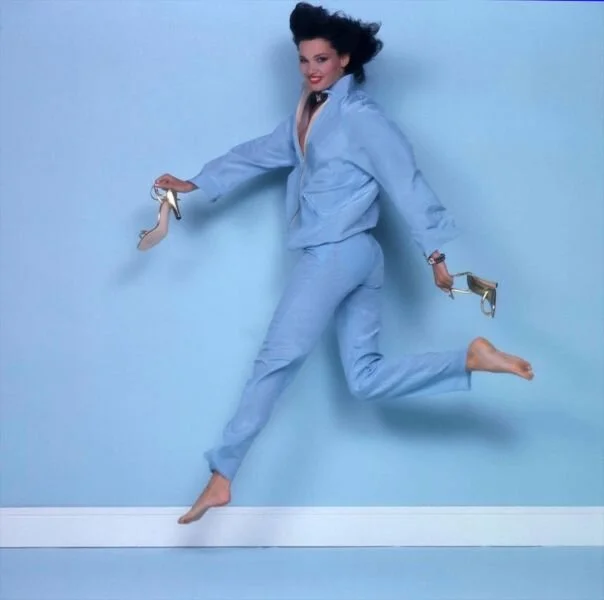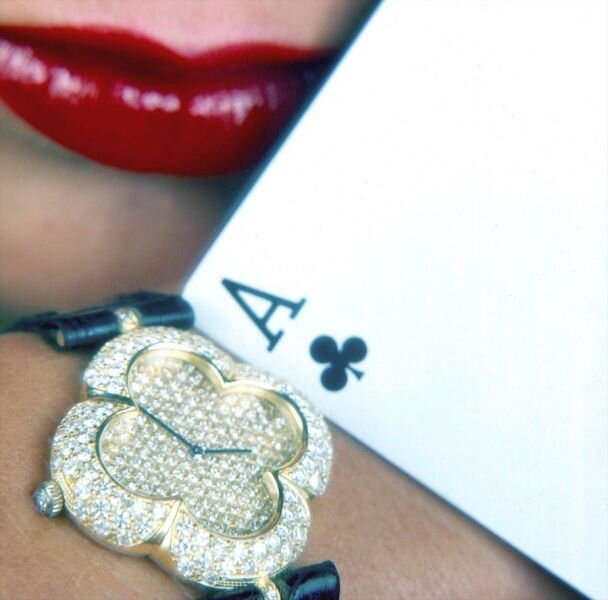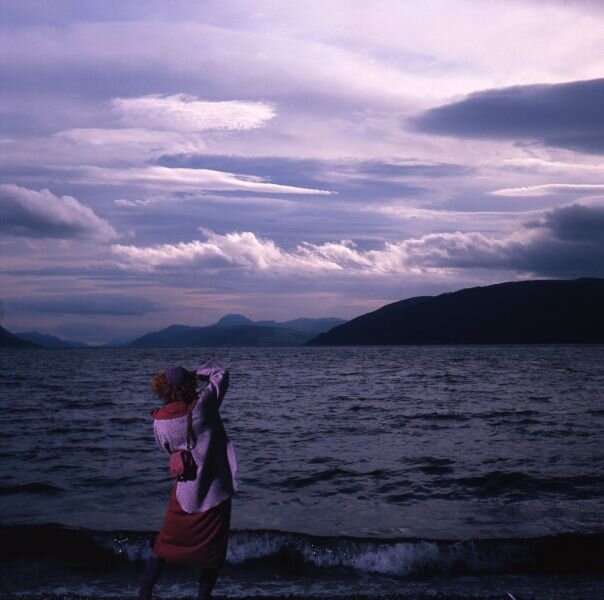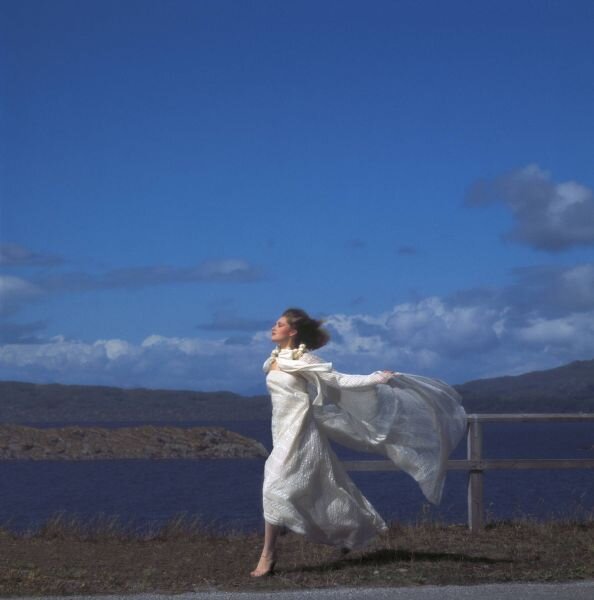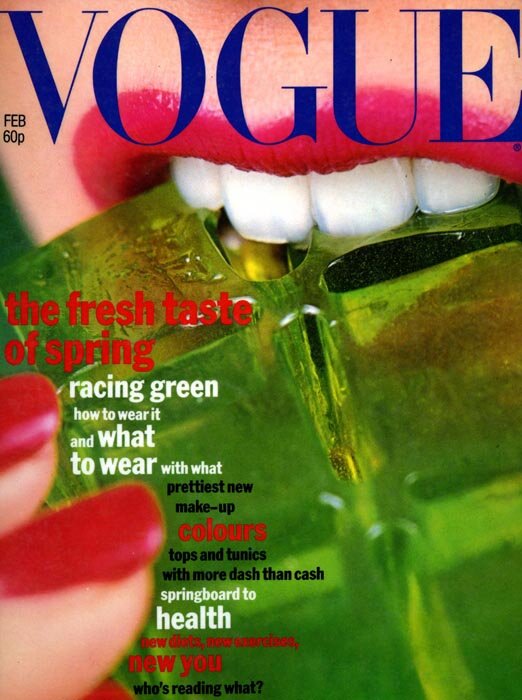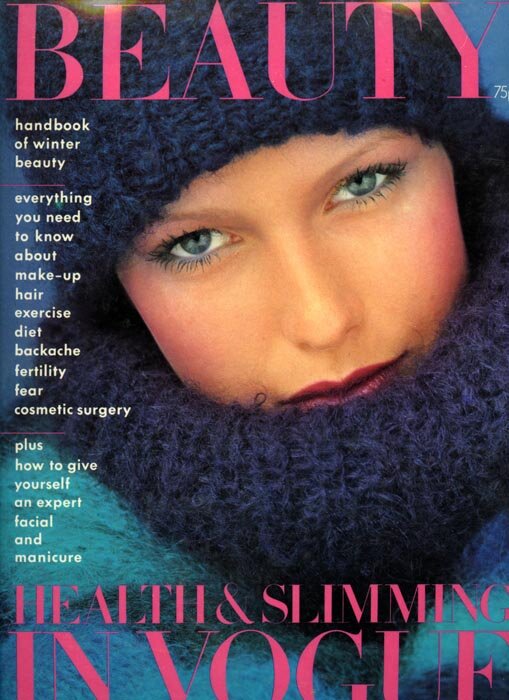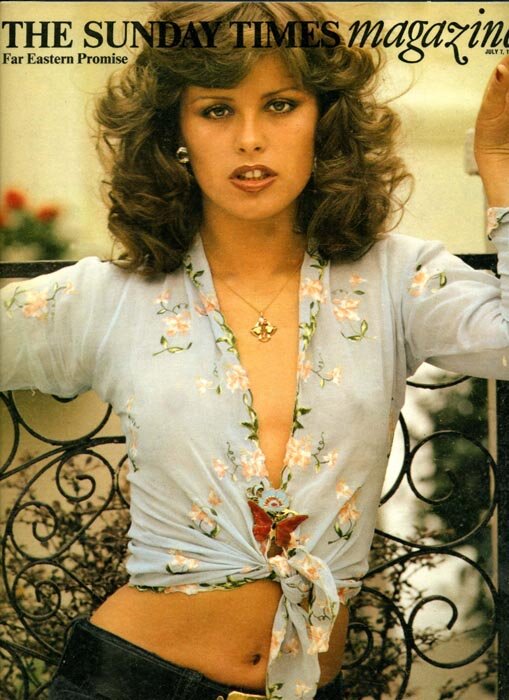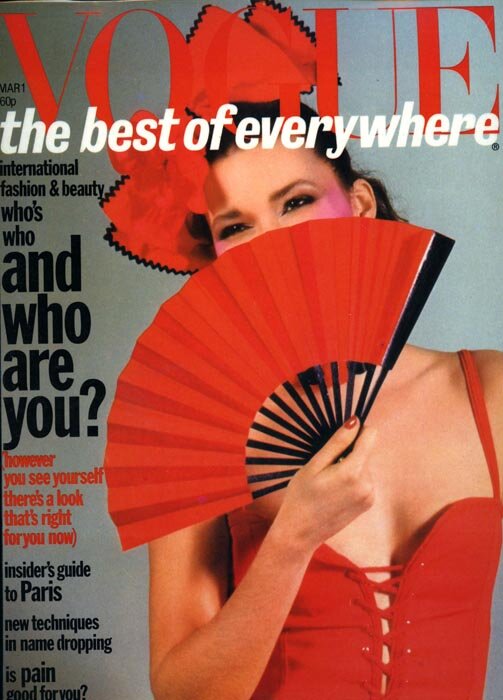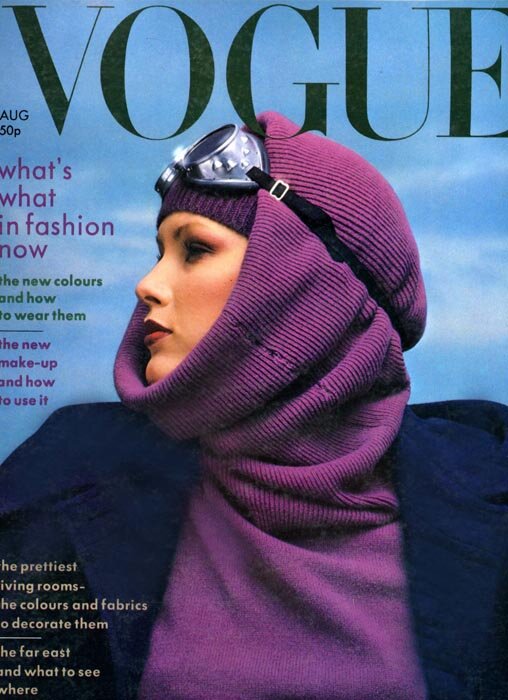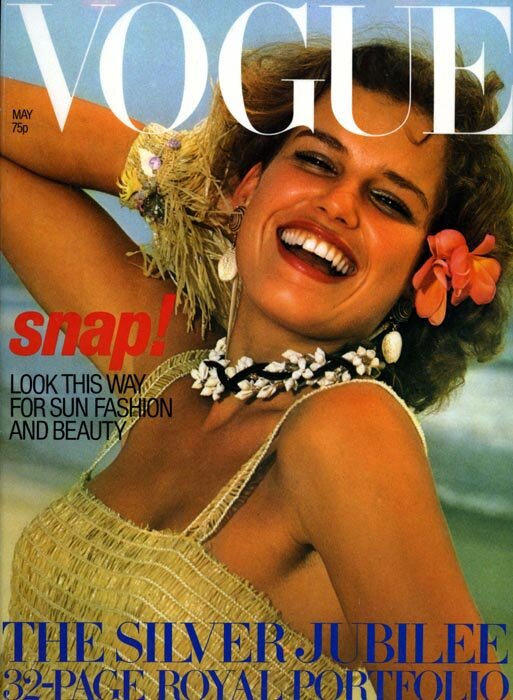Episode 15: Willie Christie
Originally recorded and released as Lady’s After Hours podcast, for Lady.
A Thea Porter Gipsy dress photographed by Christie, 1969.
While the last episode focused on the beauty side of the fashion and film world, for this episode I sat down with photographer and filmmaker Willie Christie. I first connected with him a few years ago when I came across a photo in Thea Porter’s papers of one of her Gipsy dresses stamped with his name on the back. It turned out to have been taken during one of Willie’s first shoots ever—taken of his then girlfriend who had borrowed the dress from Thea. He kindly allowed me to use it in my book and exhibition on Thea, so I was very pleased to finally get the chance to talk with him during my visit to London in May 2019.
From an aristocratic British family, Willie grew up in the countryside. Passionate about film from a young age, Willie fell into photography as a teenager when he began assisting his sister’s boyfriend. He then went on to assist Clive Arrowsmith, one of the top fashion photographers in London in the late 1960s and early 1970s, before striking out on his own and shooting for smaller magazines like Over 21. Through Clive he had met Grace Coddington, then a fashion editor at British Vogue. Within a few years they were dating and collaborating on photos, which led to him being hired to shoot for Vogue. Known for a cinematic aesthetic, Willie and Grace had a wonderful working relationship together. They married in 1976, but divorced four years later.
Grace Coddington and Willie Christie by Tim Jenkins in the mid-70s.
In addition to fashion, Willie also photographed advertising campaigns and many album covers. Christie shot the cover of Fripp & Eno’s (No Pussyfooting) album in 1973, for which he had three sides of a mirrored ‘room’ constructed at a photography studio in Maida Vale—he won an award from industry magazine Music Week for the gatefold design of the album. In 1976 Willie’s sister married Roger Waters of Pink Floyd—leading several years later to Willie collaborating with Waters on the album artwork and a four-song video for Pink Floyd’s album The Final Cut (1983).
Fripp & Eno’s (No Pussyfooting) album, 1973.
In 1982 he wrote and directed his first commercial for one his main advertising clients, Medway Shoes. For the next two decades Christie focused exclusively on commercials, winning various awards including Creative Circle, Lions at Cannes, Clio, International Film and TV Festival of New York. In 1998 he made a short film based on a Chekhov story, The Whisper, and since 2000 has been screenwriting in addition to developing a reality TV show on fashion photography.
Though his photographic career was quite short—he was really only working for less than ten years before he switched to commercials—I’m sure you can see from the images above that he had a really wonderful eye and a very clear, cinematic vision. His black and white photographs have the atmospheric lighting of a film noir, while his color images have a richness and clarity that makes them timeless.
A wonderfully gossipy conversation, Willie was full of interesting stories and memories about the famous photographers he knew (Irving Penn, David Bailey, Barry Lategan, Guy Bourdin) and the bands he photographed (including the Rolling Stones). We discussed the differences between fashion photography then and now, his creative process and so much more. A must listen for anyone interested in photography.
A clip from Christie’s four-song video for Pink Floyd’s The Final Cut (1983):

